Best phone 2021: the top 15 smartphones you can buy in the US right now
The best phone right now is an Android, but we've got a mixture of the best from Apple and a whole host of devices from a variety of manufacturers in our top 15 picks. Our phone experts have reviewed every smartphone on this list, and we've compared them all to come up with a list of the best phones for 2021.
Buying a phone is a complicated decision, as you'll probably be spending a lot of money. You need options, so that's why we've come up with a list of the best rather than just a single 'best phone' recommendation. We weigh the pros and cons of each model on our list.
We're constantly updating our best phones list to make sure you're buying the absolute best smartphone for your needs. The Samsung Galaxy S21 Ultra is our latest number one pick, but also consider the iPhone 12, iPhone 12 Pro or Galaxy Note 20 Ultra, which we've found powerful phones for different reasons beyond operating system of choice.
So we have a top pick, but not everyone looks for the same smartphone features. Some demand Apple's iMessage and FaceTime, so that means sticking with iOS 14, while others will want infinite customizations and Google Assistant, which is available in Android 11.
There are price considerations, too, and we've factored that in, with choices like the OnePlus 8 ranking high on our list for the value it provides. Some phones even debuted at a notably cheaper price than competitors, like the Google Pixel 5 and the Samsung Galaxy S20 Fan Edition, which are great picks for those who don't want to spend a lot to get a good phone.
Likewise, AT&T plans, Verizon plans, or your cell phone plan of choice may sway your preference; the best AT&T phone may not be available on Verizon, and vice-versa.
Almost all smartphone prices have crept up to – and above – $1,000 so you'll want to take your decision seriously. We're here to guide you through the top phone picks with all of the expertise we've gained doing phone reviews.
5G phones are becoming important and more prevalent and foldable phones will one day become a big deal. Plus you should bear in mind this list may change a lot throughout the year as we expect to see the new OnePlus 9, iPhone 13 and more throughout the next 12 months.
What does the best phone in 2021 need to have? It has a large display, yet is easy to handle. It packs a camera suite capable of replacing a point-and-shoot, and it has enough power and battery to get stuff done while you're on the go. You won't find slow smartphones with anything less than all-day battery life in our best phone ranking.
Best phone at a glance:
- Samsung Galaxy S21 Ultra
- iPhone 12 / iPhone 12 mini
- Samsung Galaxy S21 / S21 Plus
- iPhone 12 Pro / iPhone 12 Pro Max
- Samsung Galaxy Note 20 Ultra
- OnePlus 8 Pro
- iPhone SE 2020
- Samsung Galaxy S20 Fan Edition
- OnePlus 8
- Samsung Galaxy S20 / S20 Plus
- Google Pixel 5
- iPhone 11
- Google Pixel 4a
- iPhone XR
- Motorola One 5G
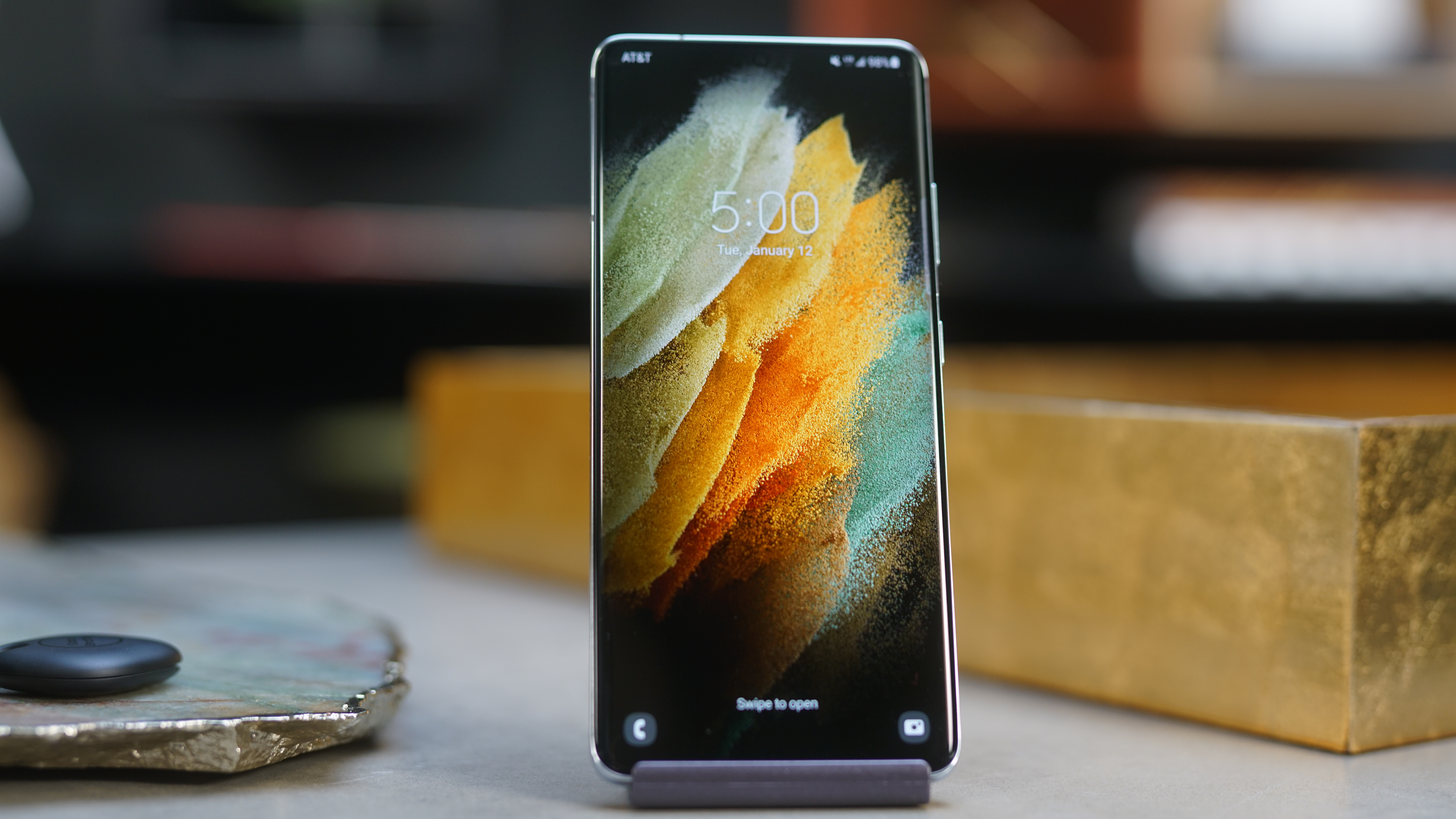
The Samsung Galaxy S21 Ultra is our best smartphone in the world right now: here's why.
Why it's the best smartphone: We think the S21 Ultra is a fantastic choice for you with one of the best camera suites, phenomenal power, great battery life, a solid design and a whole host of other great features. The Galaxy S21 Ultra isn't a cheap handset with a pricetag that, despite being cheaper than its predecessor, is still costlier than any competing flagship, but if you're looking for the ultimate smartphone experience in 2021 you will be hard pressed to do better than this latest from Samsung.
Screen: The Samsung Galaxy S21 Ultra features a top 6.8-inch screen with a 120Hz adaptive refresh rate and a Quad HD resolution. This is one of the best smartphone displays on the market.
Battery life: The Samsung S21 Ultra's battery life is solid, and we found it'd often see us through a whole day from a full charge. If you're playing around with the 120Hz refresh rate, battery life is likely to drain faster, but it's a top choice if you're after a long lasting phone.
Note the Samsung Galaxy S21 Ultra doesn't come with a charger in the box though, so you'll have to use your existing one or buy one separately.
Camera: Samsung's 108MP camera on the Galaxy S21 Ultra is going to be the highlight for many, and the camera doesn't disappoint on this phone. Like its predecessor, you can take 100x zoom photography, but it's far improved here over the Galaxy S20 Ultra with two telephoto cameras working in tandem to do the heavy lifting.
Read our Samsung Galaxy S21 Ultra review
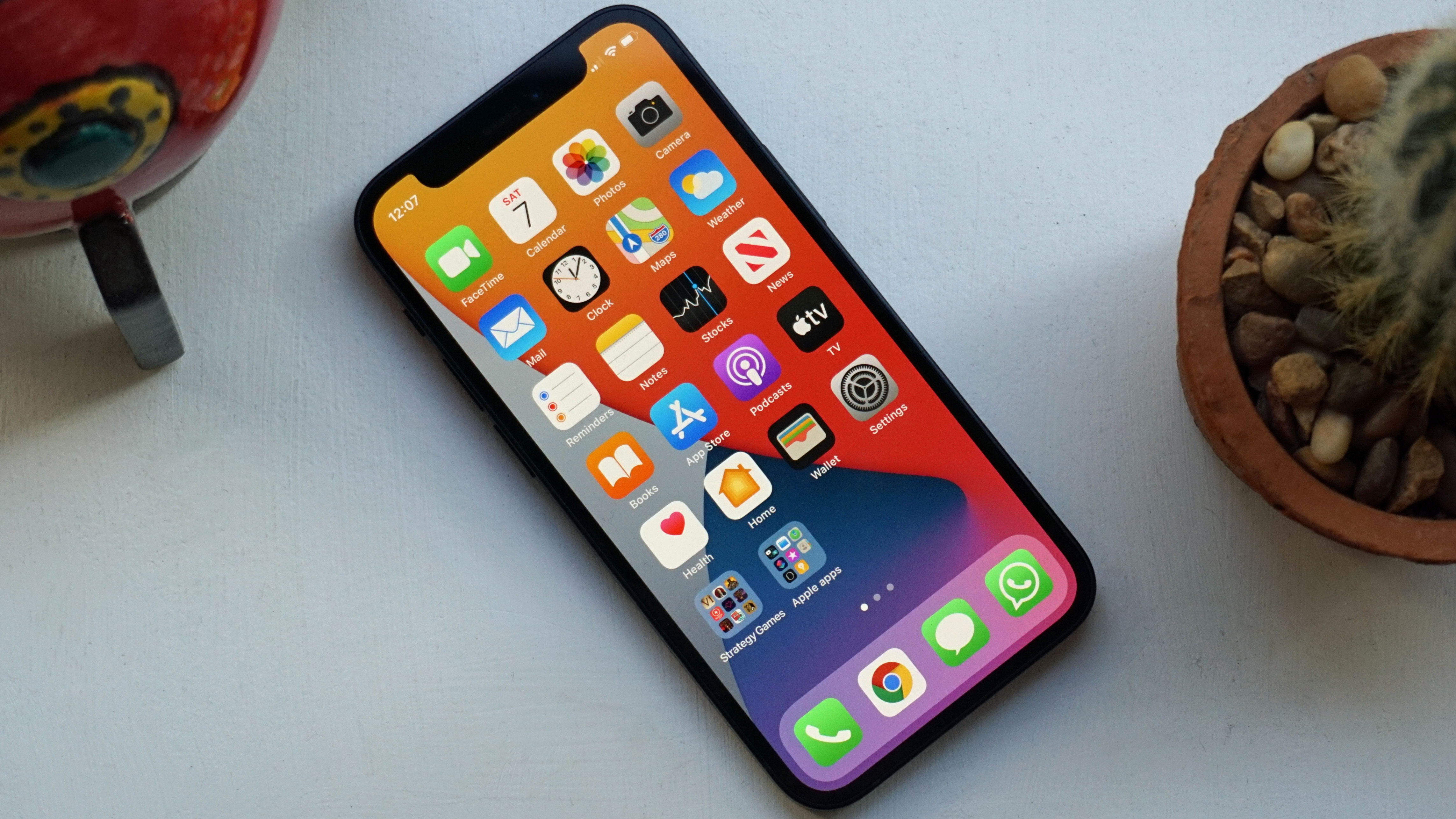
The iPhone 12 or iPhone 12 mini aren't technically superior to the iPhone 12 Pro series, but both are priced so well (for iPhones) and each has most of the key features you'll won't need much else from an Apple device. The iPhone 12 takes the place of the iPhone 11 with the same 6.1-inch screen, but a few new features like MagSafe. Then there's the new iPhone 12 mini, which is similar but comes in a smaller package.
Why they're ranked 2nd: It's not as good of a value as Samsung's top-ranked handset, but the iPhone 12 is the best iPhone for most people simply because it costs $799. That's not quite as cheap as the iPhone 11 was at launch, but it is more affordable than the iPhone 12 Pro, which starts at $1,000 and goes up. And, unlike the iPhone SE 2020, which we praise for being a good value later, you're getting most of the features found on the Pro-level handsets like the camera's stunning Night Mode.
Screen: The 6.1-inch screen is the same size as the display on the iPhone 12 Pro, fitting in between the iPhone 12 mini and 12 Pro Max sizes, making it an appealing choice if you want a large screen, but not the biggest. If you want the smaller version, it has a 5.4-inch screen. For the first year, the more 'affordable' flagship also gets an OLED screen, which is a big perk. It's a brilliant-looking phone, if you don't mind the notch.
Battery life: These iPhones can deliver all-day battery life, and it's slightly better than the iPhone 11 battery, which we thought was stellar in 2019. What are you going to be missing? The pricier iPhone 12 Pro series does last a bit longer, but given no phones come with faster chargers this year, you'll have to shell out for Apple's fast charger unit just like the Pro owners.
Camera: This is close to the best iPhone camera, with both a 12MP main camera and a 12MP ultra-wide camera to cram more into the frame. It's missing the triple-lens camera on the Pro models, which adds in a telephoto lens, but you're getting the two essential cameras from that pairing, and it includes a long exposure night mode that will automatically brighten up dark photos.
Read our iPhone 12 review and iPhone 12 mini review
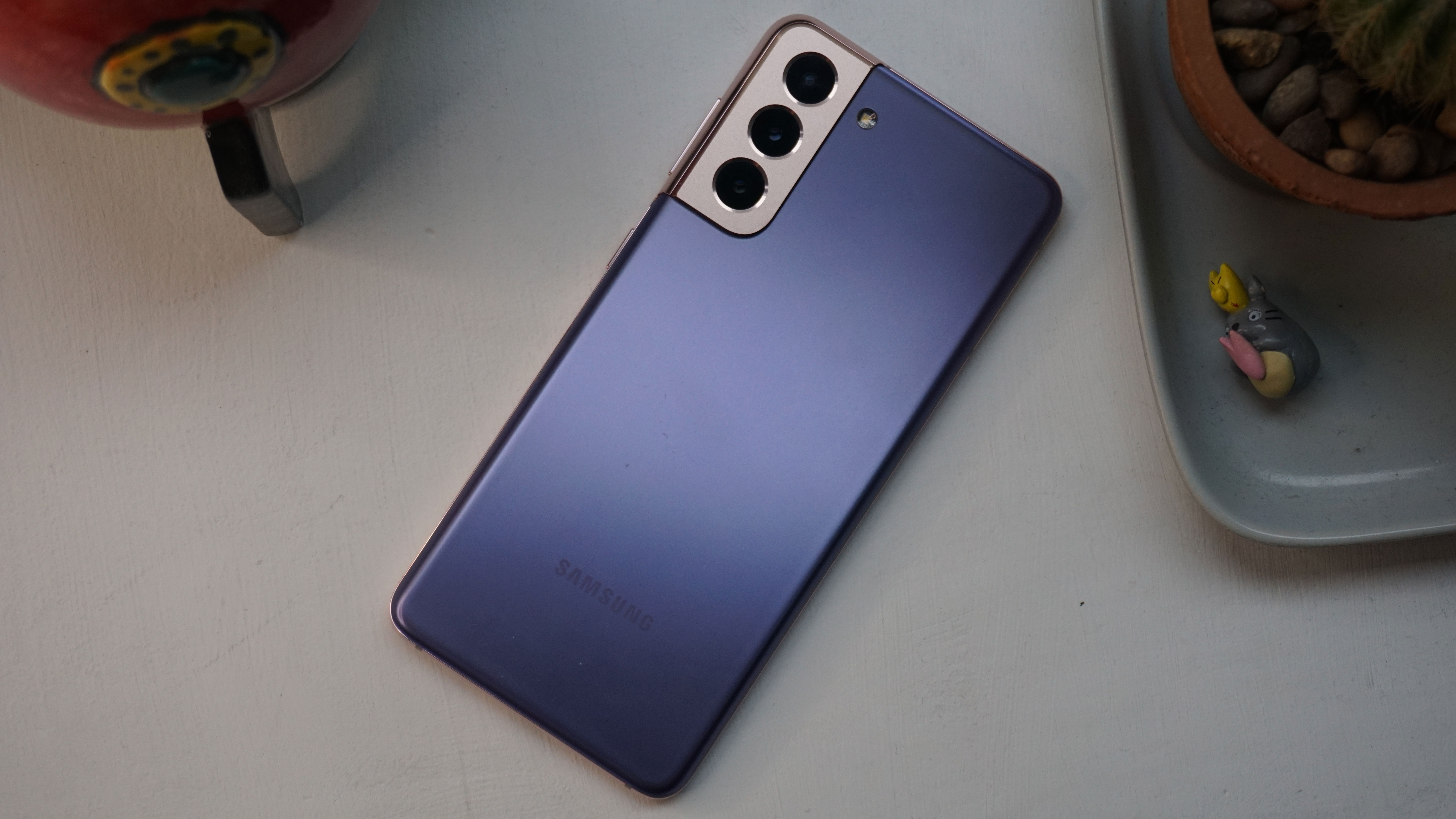
The Samsung Galaxy S21 and Galaxy S21 Plus aren't the height of spec and prowess as their predecessors used to be – the Samsung Galaxy S20 used to sit at the top of this list – and instead Samsung's Ultra handsets are now taking the limelight. But its strength is in its value: the S21 is a powerful phone that's more affordable than some of its competitors.
Why it's ranked 3rd: The Samsung Galaxy S21 will be the perfect smartphone for many with its great mix of solid spec, a great design and the fact it's cheaper than the Galaxy S21 Ultra as well as its predecessors. If you own the Samsung Galaxy S20 we wouldn't recommend buying this, but for others this will be the perfect smartphone. If you're looking for a larger screen and a better battery, opt for the very similar but slightly more expensive Plus model.
Screen: Much has been said about Samsung's switch to Full HD for the Galaxy S21's display, but in our testing we didn't notice the knock down in resolution much unless we were testing the phone side by side with a QHD display. With a 120Hz refresh rate and great brightness, the Galaxy S21's screen will satisfy many. Looking for that larger screen? You'll get it with the S21 Plus.
Battery life: The battery life on the Samsung Galaxy S21 will last you a full day from a single charge, and its 4,000mAh cell means you'll get a lot of usage out of the handset without having to recharge the phone. The battery on the S21 Plus is even better with a 4,800mAh cell inside.
Camera: The Galaxy S21's camera is much the same as the Galaxy S20, but a few software tweaks have been included from Samsung that make it just that touch better. Overall, this isn't as phenomenal as the Galaxy S21 Ultra but for most just wanting to shoot the odd snap, this will suit you perfectly.
Read our Samsung Galaxy S21 review
Read our Samsung Galaxy S21 Plus review
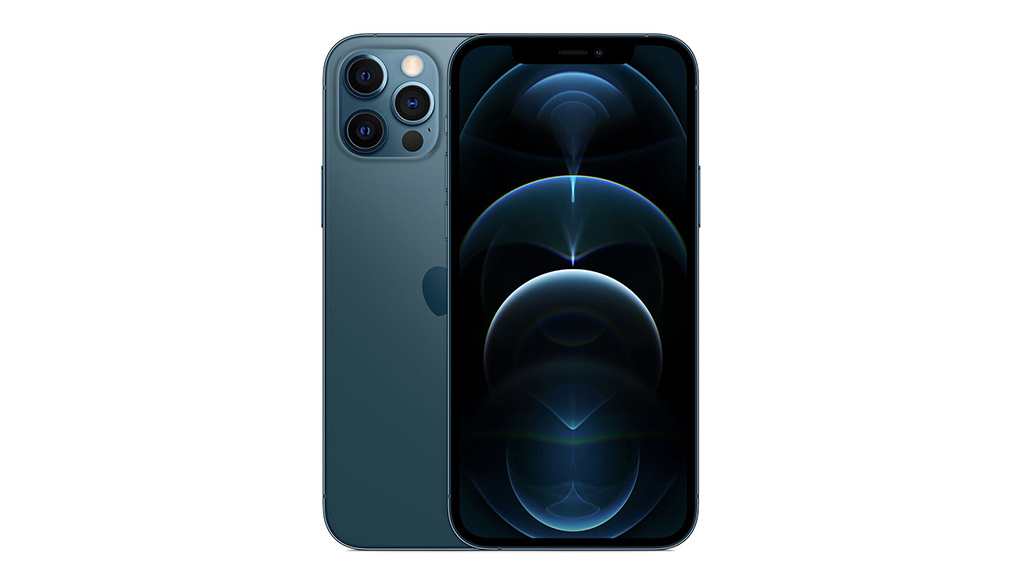
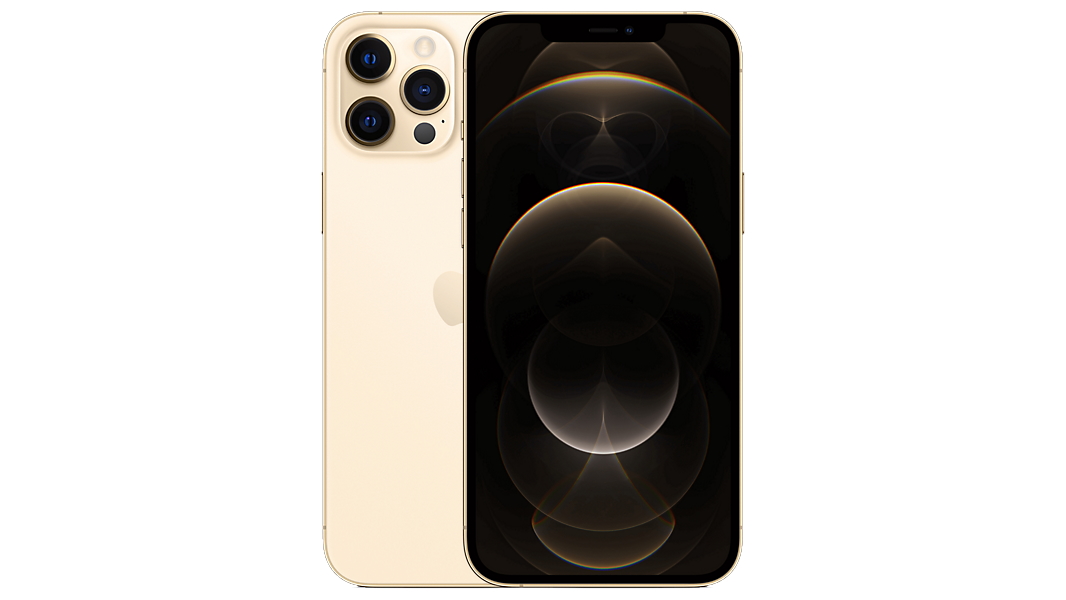
The iPhone 12 Pro takes everything great about the iPhone 12 and elevates it. Then there's the iPhone 12 Pro Max that offers better battery life and a slightly more powerful camera as well as a huge screen. The extra for the iPhone 12 Pro may not be worth the notable price hike up to $999 to everyone, but this phone pairing is undeniably the best Apple has released yet.
Why they're ranked 4th: The iPhone 12 Pro and iPhone 12 Pro Max are the most powerful iPhones to date, and they're also the company's priciest. While the same amount of money could buy you a Samsung phone with a bigger screen and more storage at the base level, most iOS users don't want to deal with Android. Instead, they can look forward to a few key upgrades over the iPhone 11 Pro, like 5G and MagSafe for clipping on accessories (as well as wireless chargers) easily and securely.
Screen: Apple's 6.1-inch OLED screen on the iPhone 12 Pro really grabbed our attention – it's fantastic for video streaming and gaming, even if it's set to 60Hz while other phones are pushing 90Hz and even 120Hz refresh rates. Yes, the notch cut out at the top is still here, but we find it to be easy to ignore after a while, even as other phones do just fine with punch-holes in displays.
Battery life: This is some of the best battery life we've ever experienced on an iPhone, with further optimizations within iOS and a larger cell inside the phone itself. It's still not game-changing, but it's better than other Apple handsets and the iPhone 12 Pro Max is particularly notable.
Camera: The triple camera setup on the iPhone 12 Pro is fantastic. While the three rear cameras aren't too different than the ones in the iPhone 11 Pro, save for the added LiDar sensor that supposedly enables portrait mode-style shots even in Night Mode. The iPhone 12 Pro Max is the one to go for though if you want the very best camera on an Apple device.
Read our iPhone 12 Pro review | iPhone 12 Pro Max review
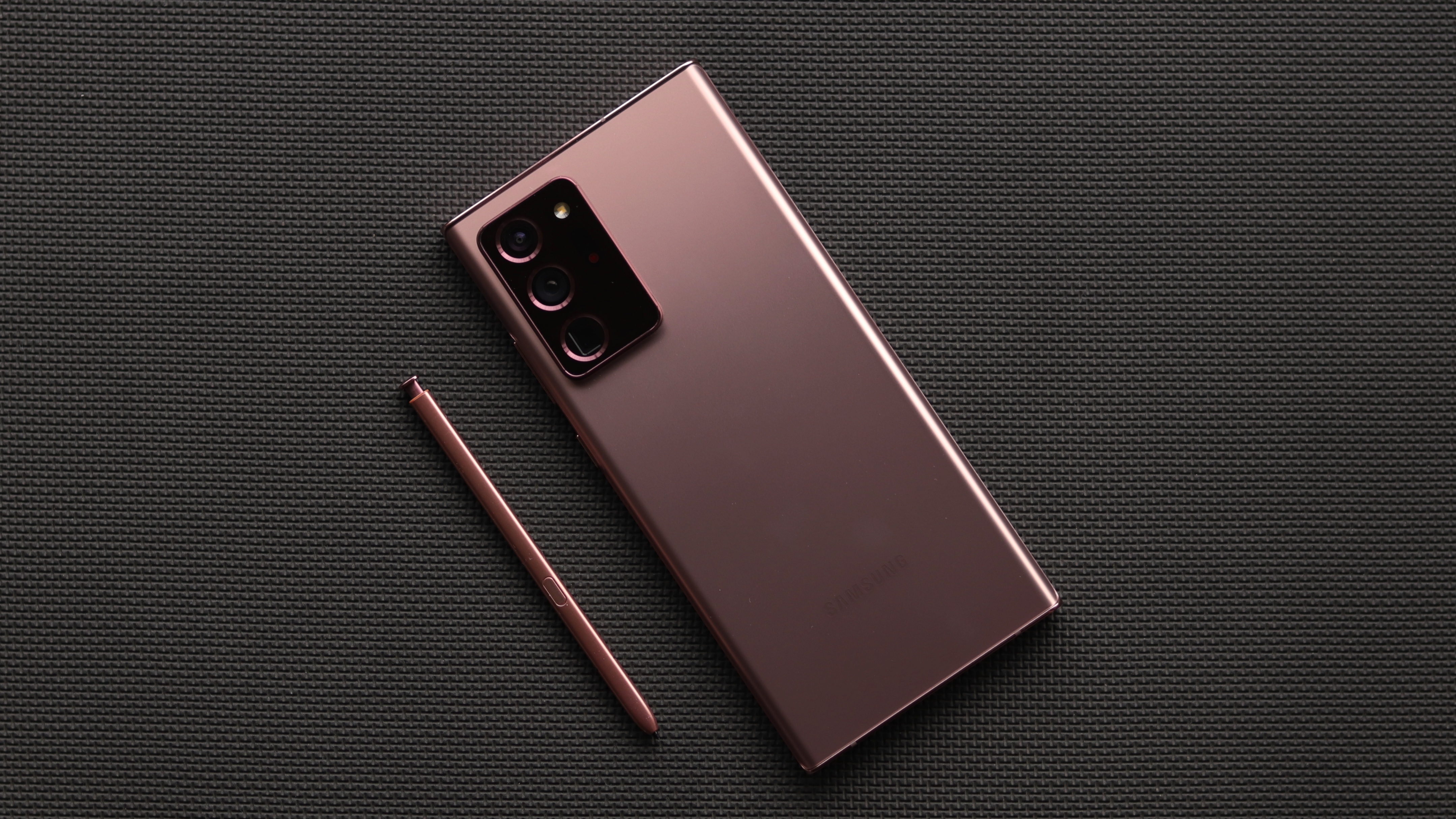
The Galaxy Note 20 Ultra is Samsung's most expensive non-foldable phone, and generation's big perk of the Note is that it comes with an amazing camera. Get ready for extreme close-ups with the 5x optical zoom and 50x digital zoom. The S Pen returns with new tricks like recording voice notes and syncing them with handwritten notes.
Why it's ranked 5th: This is one of Samsung's most powerful phones, but it's more expensive than most of the S21 series. You get it all with the Note 20 Ultra: a stylus, a camera with a 5x optical zoom and 50x digital zoom, a faster chipset (at least in the US version) and a 6.9-inch 120Hz screen. Not everyone needs an 'everything phone' like this, but if you want it all and don't want to wait for the Galaxy Z Fold 2, this is one of Samsung's best.
Screen: The 6.9-inch Note 20 Ultra display is massive, but only is a fraction of an inch larger than 2019's 6.8-inch Note 10 Plus screen. A big difference is in the fluidity of the screen via a 120Hz refresh rate. No, you can't enable both the WQHD+ resolution and 120Hz at the same time, but the pixels look fine at 1080p on a screen of this size vs having to go back to 60Hz. Another literally small perk: the front-facing camera punch hole is smaller than ever.
Battery life: The Note 20 Ultra has a solid 4,500mAh battery, and we found that it goes more than a day with normal use without a problem. Even power users won't have a problem, based on our tests. Samsung includes a 25W fast wired charger in the box and offers compatibility with 15W fast wireless charging, but it has backed off of supporting 45W wired charging for some reason.
Camera: The Note 20 Ultra has one of the best cameras on an Android phone, and that's in part because of its 5x optical zoom and 50x digital zoom. It makes 2x optical zooms from the iPhone seem like minor cropping at the edges of 1x photos. With 5x optical and, in good light, 10x digital, Samsung punches in with a dramatic zoom and usable photos on Instagram (50x zoom is mostly a party trick). We also found this phone to have the best ultrawide camera, and the regular 12MP camera is sharp. You don't need the 108MP camera and should watch out for skin softening in low-light.
Read our Samsung Galaxy Note 20 Ultra review
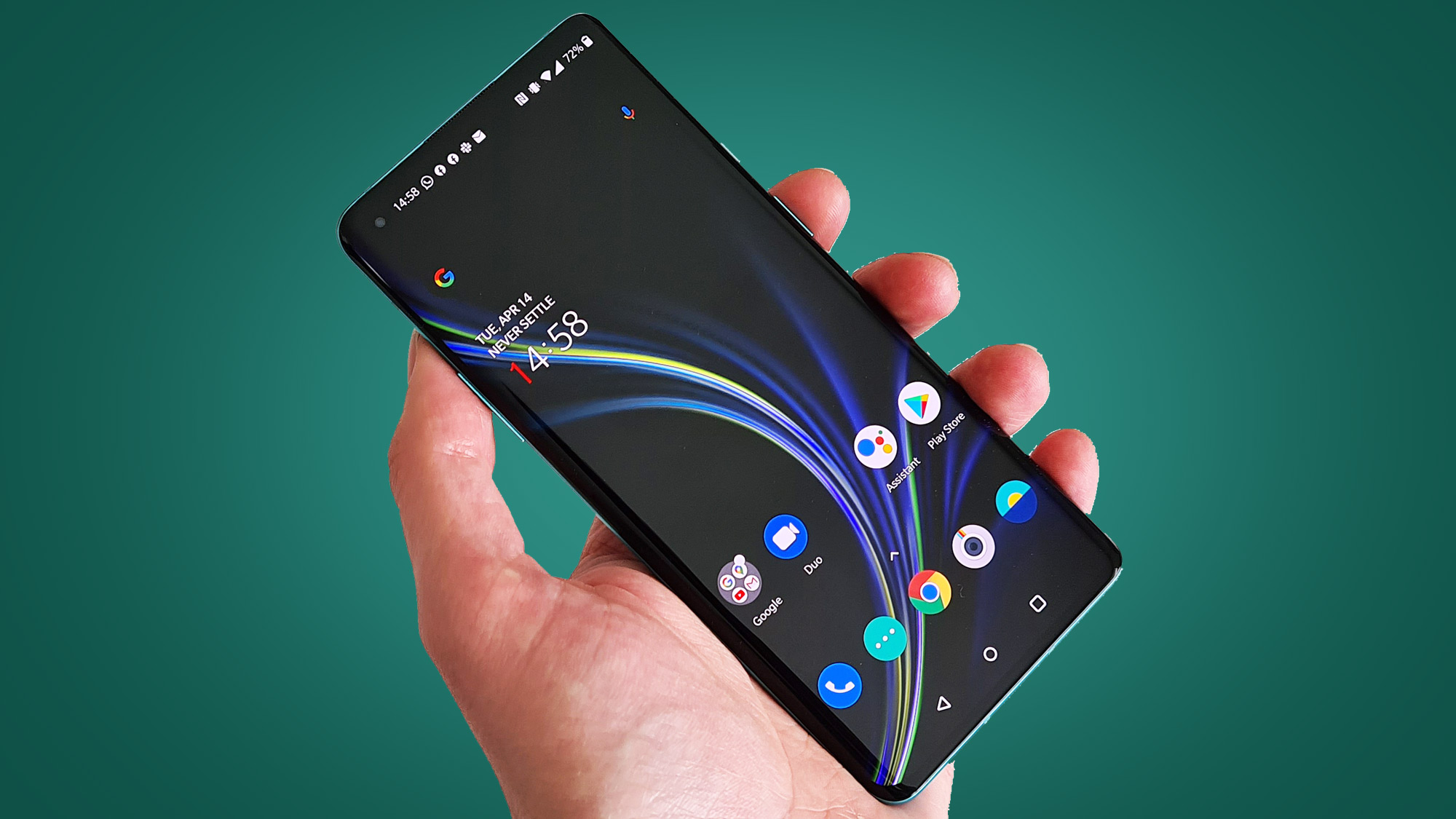
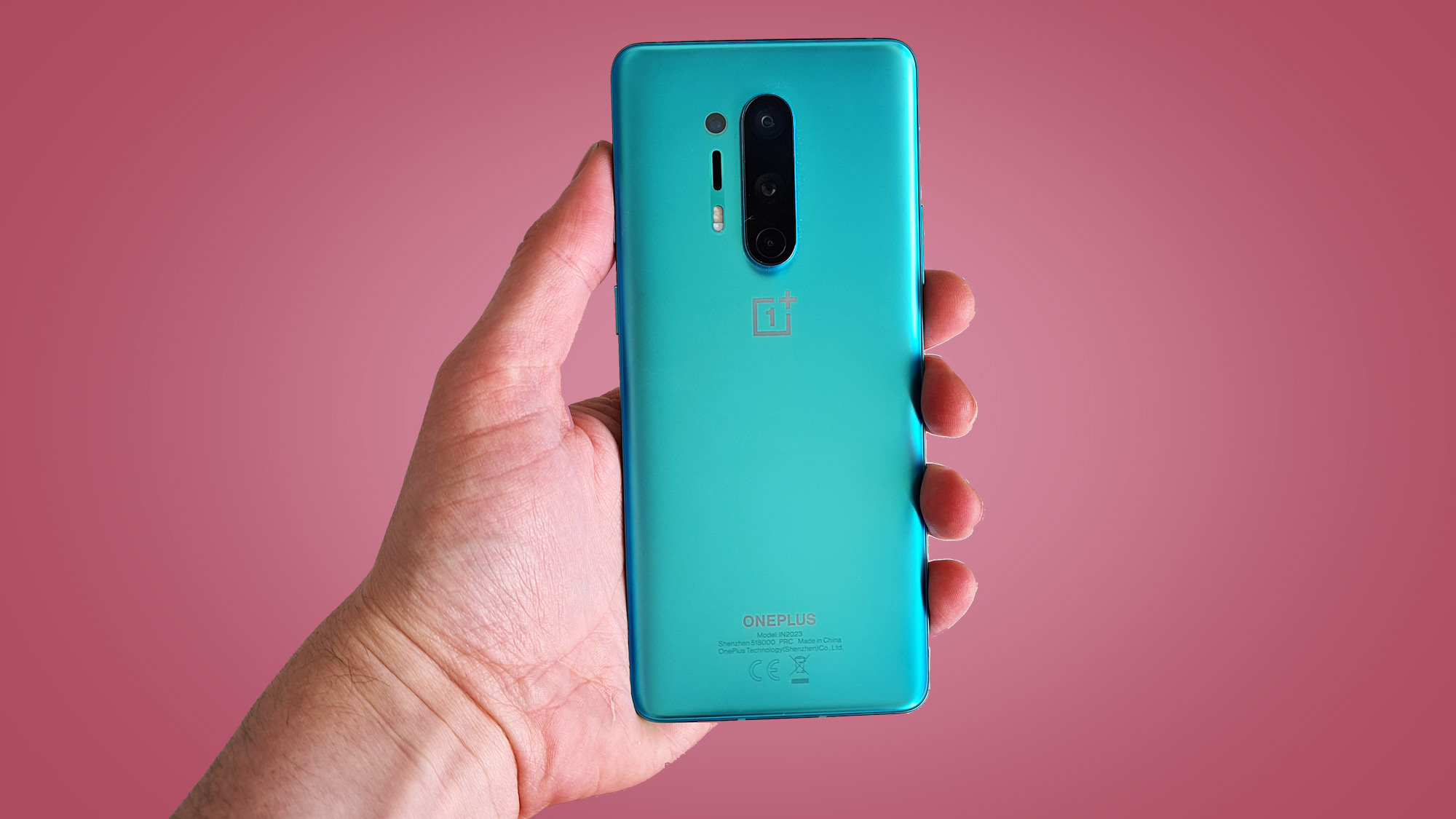
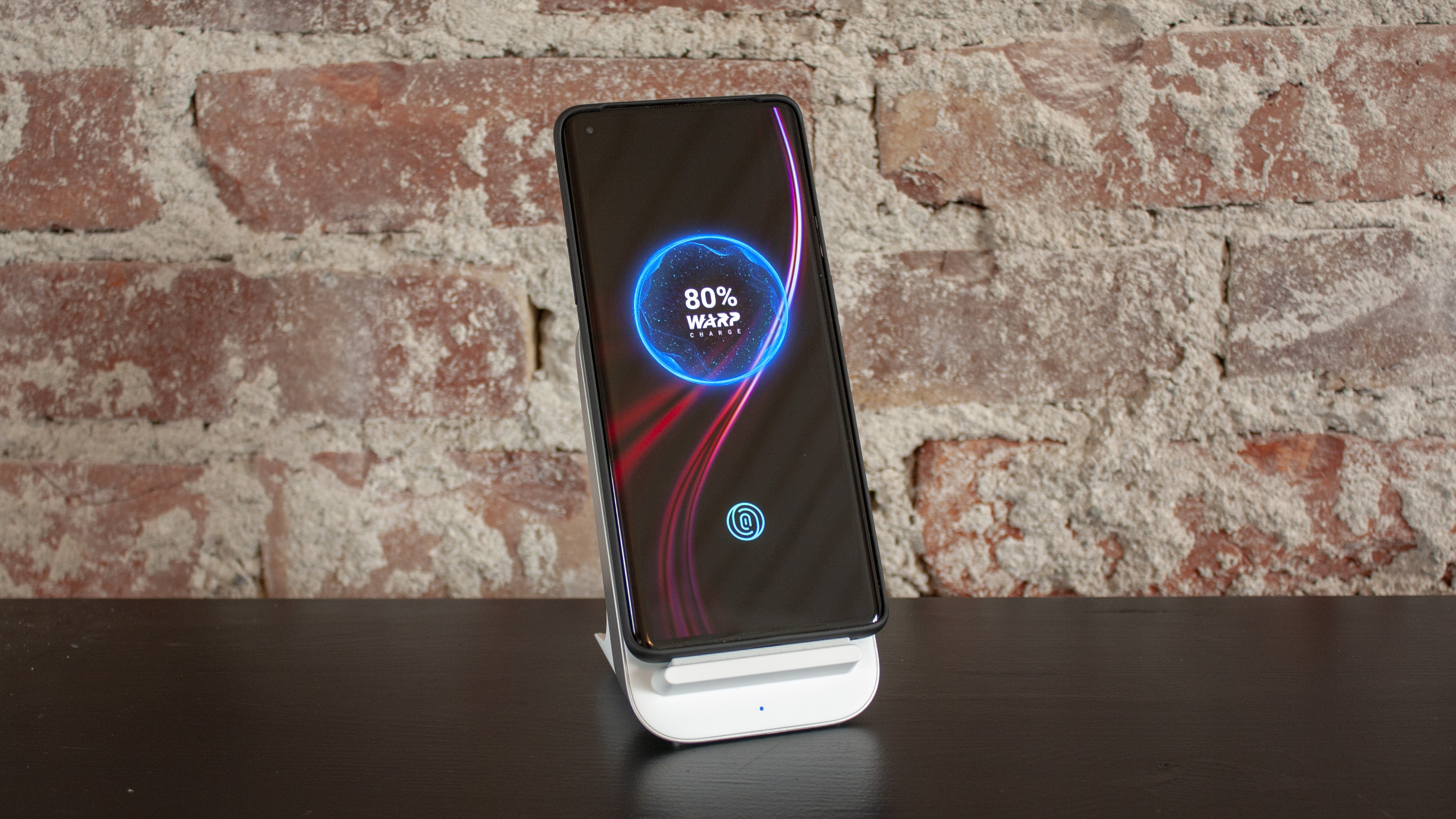
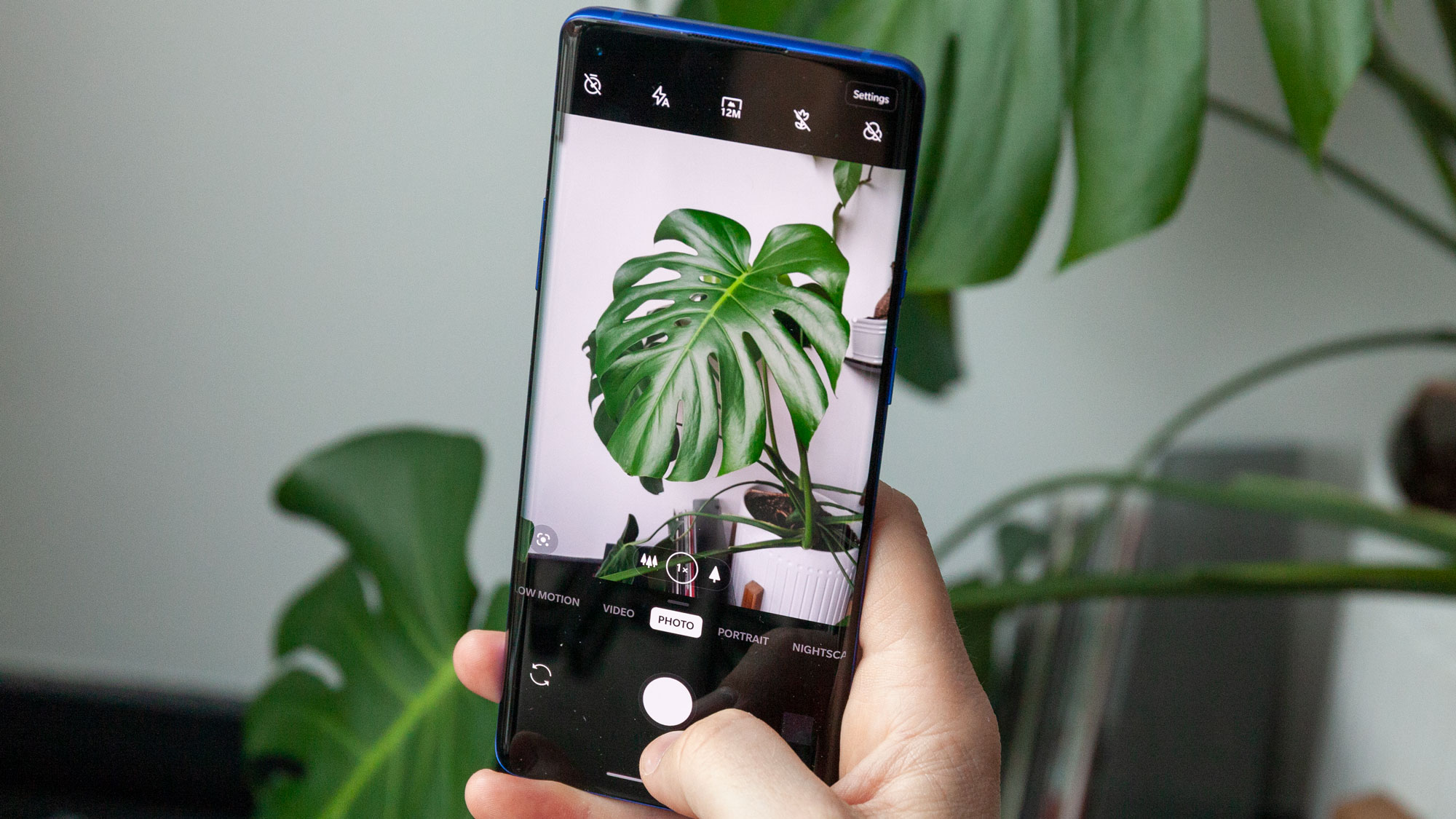
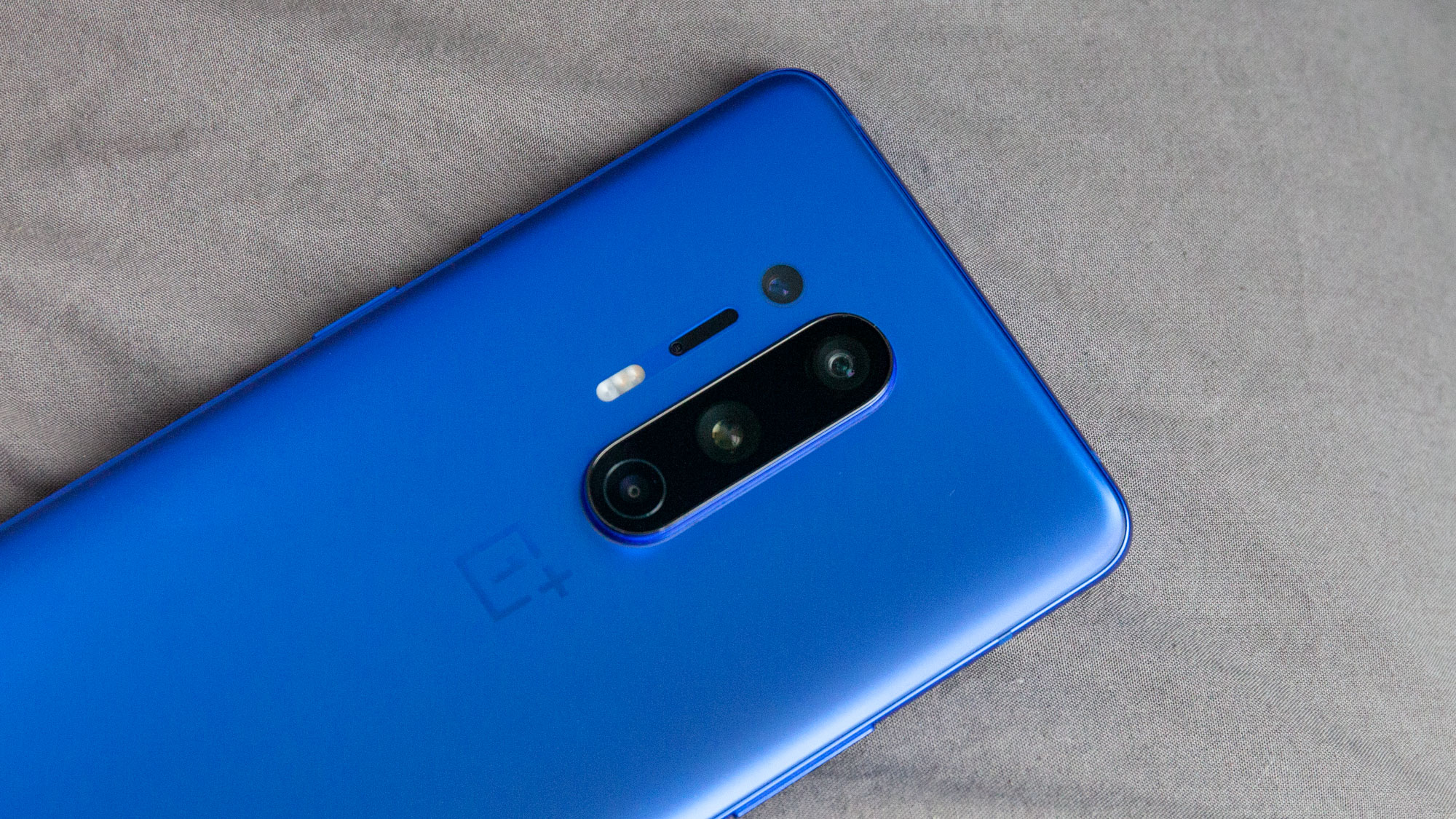
The OnePlus 8 Pro blew us away when we reviewed it, and the company is chasing Samsung and Apple on our best phones list for that very reason. While the OnePlus 8 is also an option, it's missing many, many of the features we like about the Pro, which we outline below.
Why it's ranked 6th: It's amazing that with Apple and Samsung's top phones out of the way, we have the at-one-time-little-known OnePlus doing so well that it's claimed a spot within the top 5 phones of 2020. While this version is more expensive than prior OnePlus phones, it doesn't cut corners. You're getting 5G, a 120Hz screen refresh rate, a great camera with 3x optical zoom, and super fast wireless charging. It's a bit tall and only comes in one size (with the smaller OnePlus 8 a very different experience), and, to be expected, the camera is good but not good enough to rival the phones ranked ahead of it.
Screen: This 6.78-inch has the ability to impress you more than an iPhone for one simple reason: the 'Fluid Display' that sets the refresh rate to 120Hz. Not only does it make game look better, but simply scrolling the web looks smoother. You'll also find nice upscaling and HDR10+ here, though false touches along the screen edges did give us trouble at times.
Battery life: If you need your phone battery to last all day long, the OnePlus 8 Pro achieves that, according to our tests. Its 4,510 battery capacity isn't the biggest next to what Samsung's phones are touting, but when setting the resolution to FullHD+, we did get by on a single charge very easily. We also took advantage of OnePlus (finally) adding wireless charging – in fact, it's the fastest wirelessly charging device we've ever tested.
Camera: OnePlus has always lagged behind when it came to its cameras, though the OnePlus 8 Pro closes the gap. Its quad-lens array on the back of the phone allows for fine 48MP photos and a 3x optical zoom along with a 30x digital zoom. We can't call it the best camera phone on the market, but it's among the best cameras on an Android in this price range.
Read our OnePlus Pro 8 review
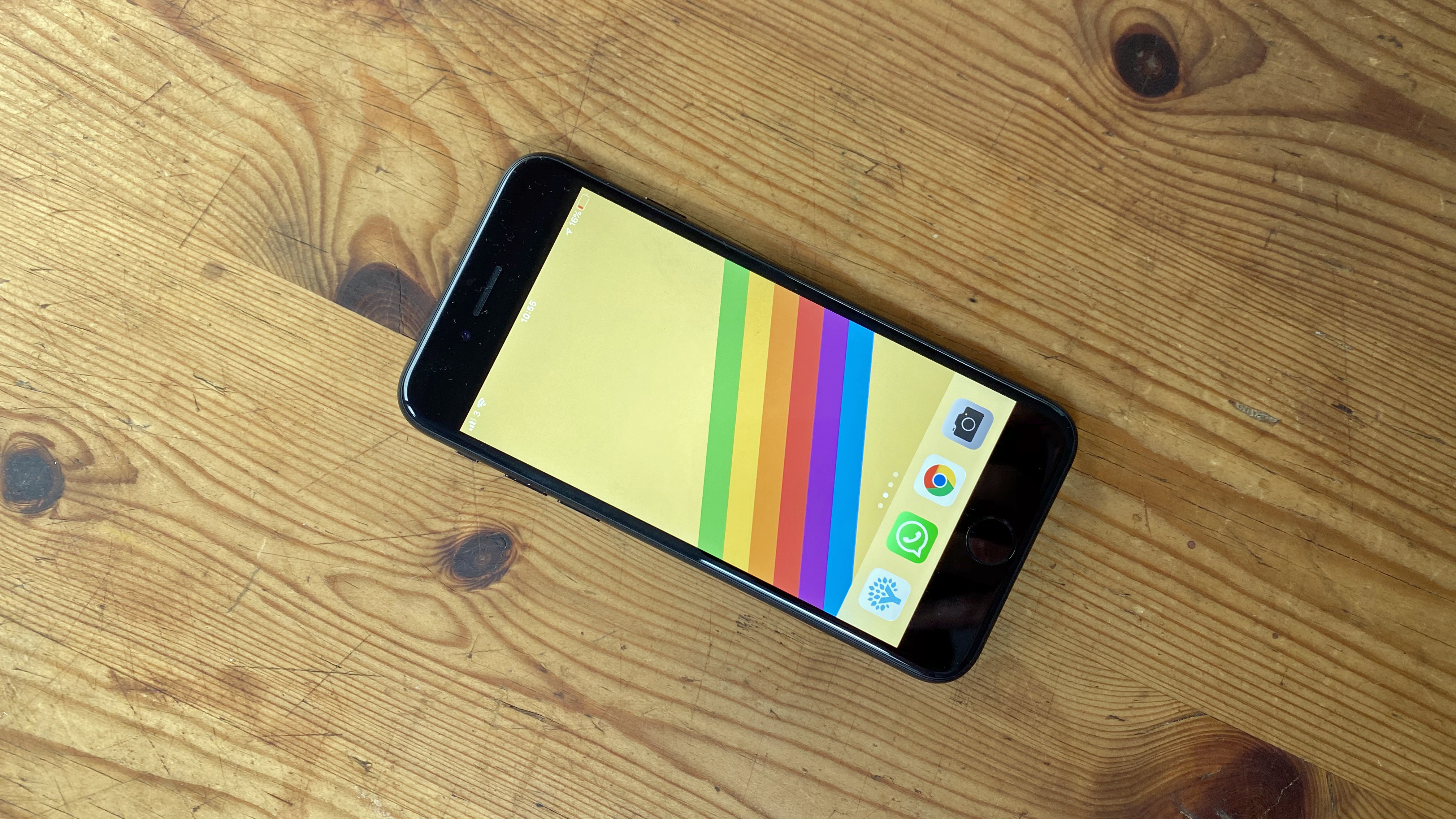
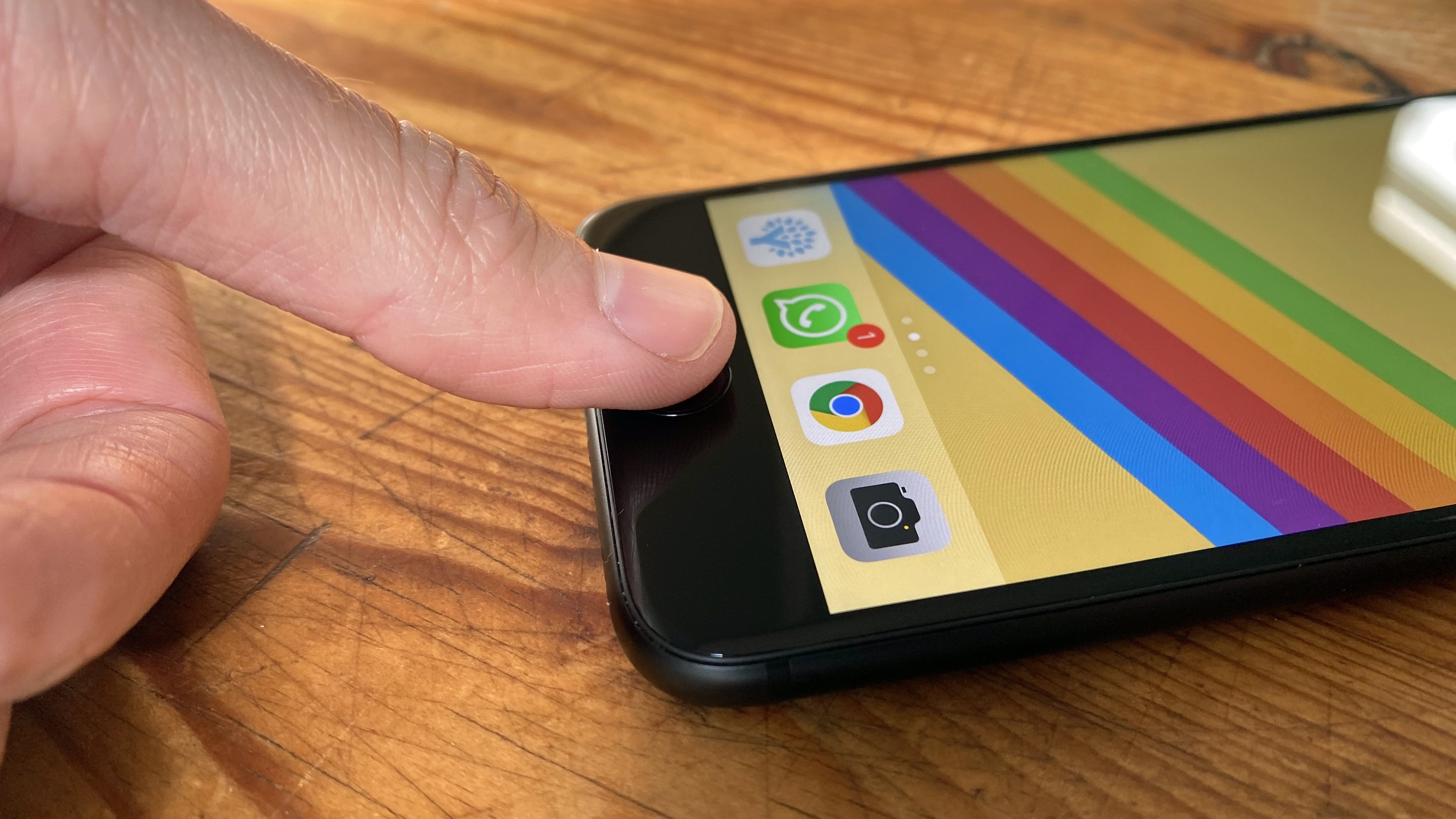
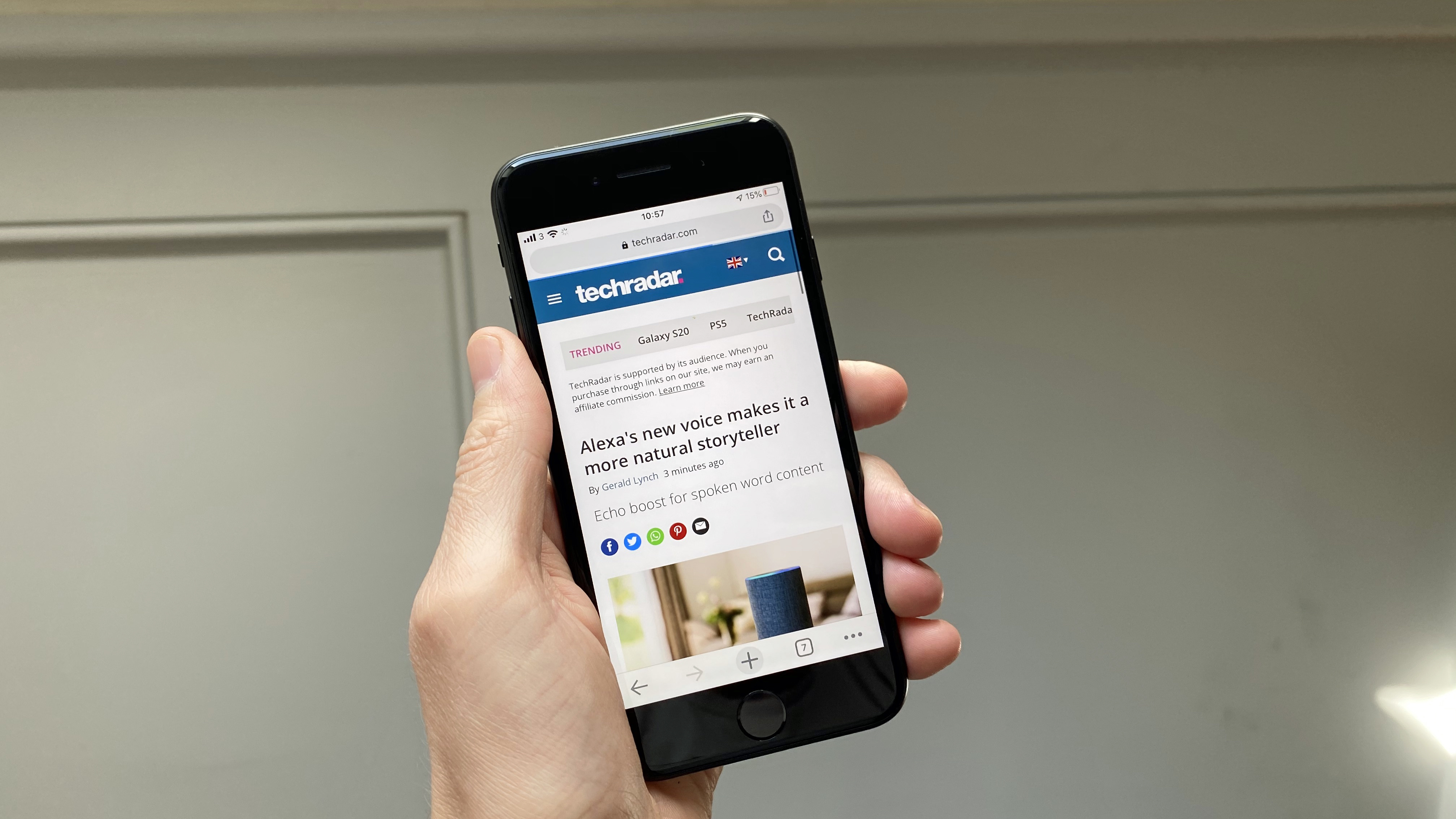

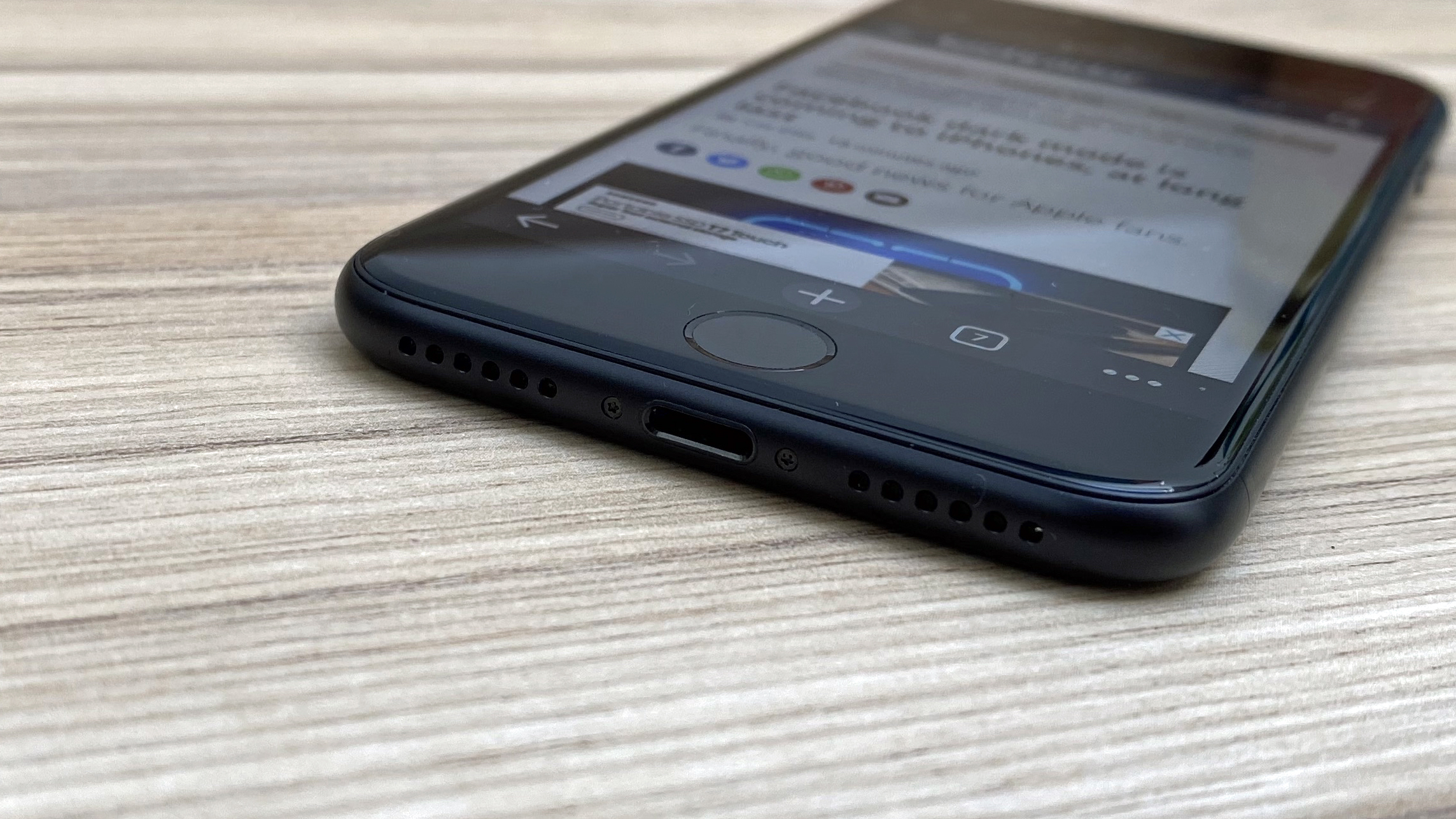
The iPhone SE 2020 is the sequel to the one-hand-friendly iPhone from 2016, and it takes the power and specs we loved from the iPhone 11 series and crams them into the design of the iPhone 7 and iPhone 8.
Why it's ranked 7th: This isn't Apple's most powerful iPhone, but it's the best value for people who want to stick with iOS 13 without paying through the nose. Its screen technology won't wow you like an iPhone 11 Pro, and there's just one camera on the back, but starting $399 means this is hard to be if you're on a budget and don't want to switch to Android.
Screen: This new iPhone SE has a 4.7-inch screen borrowed from the iPhone 7 and iPhone 8, so it's bigger than the original iPhone SE, but remains one-hand-friendly. That's become important for people who have been demanding a smaller phone. This is the one to get, even if the resolution and bezel won't wow anyone.
Battery life: As long as you aren't a power user (who would likely opt for the iPhone 11 series anyway), then you'll be OK with what Apple offers in terms of battery life. It's not going to last you any longer than a day, though, with generally the same amount of power as we saw on the iPhone 8, which had a 1,821mAh battery capacity.
Camera: For the money, the iPhone SE 2020 takes perfectly fine photos in good light. You won't notice much of a difference outside of it occasionally failing to nail perfect exposure levels and depth of field outdoors during the daytime. Dim the lights, however, and you'll notice one glaring omission: the night mode that's on the more powerful iPhones. That requires an upgrade to at least the iPhone 11.
Read our iPhone SE review
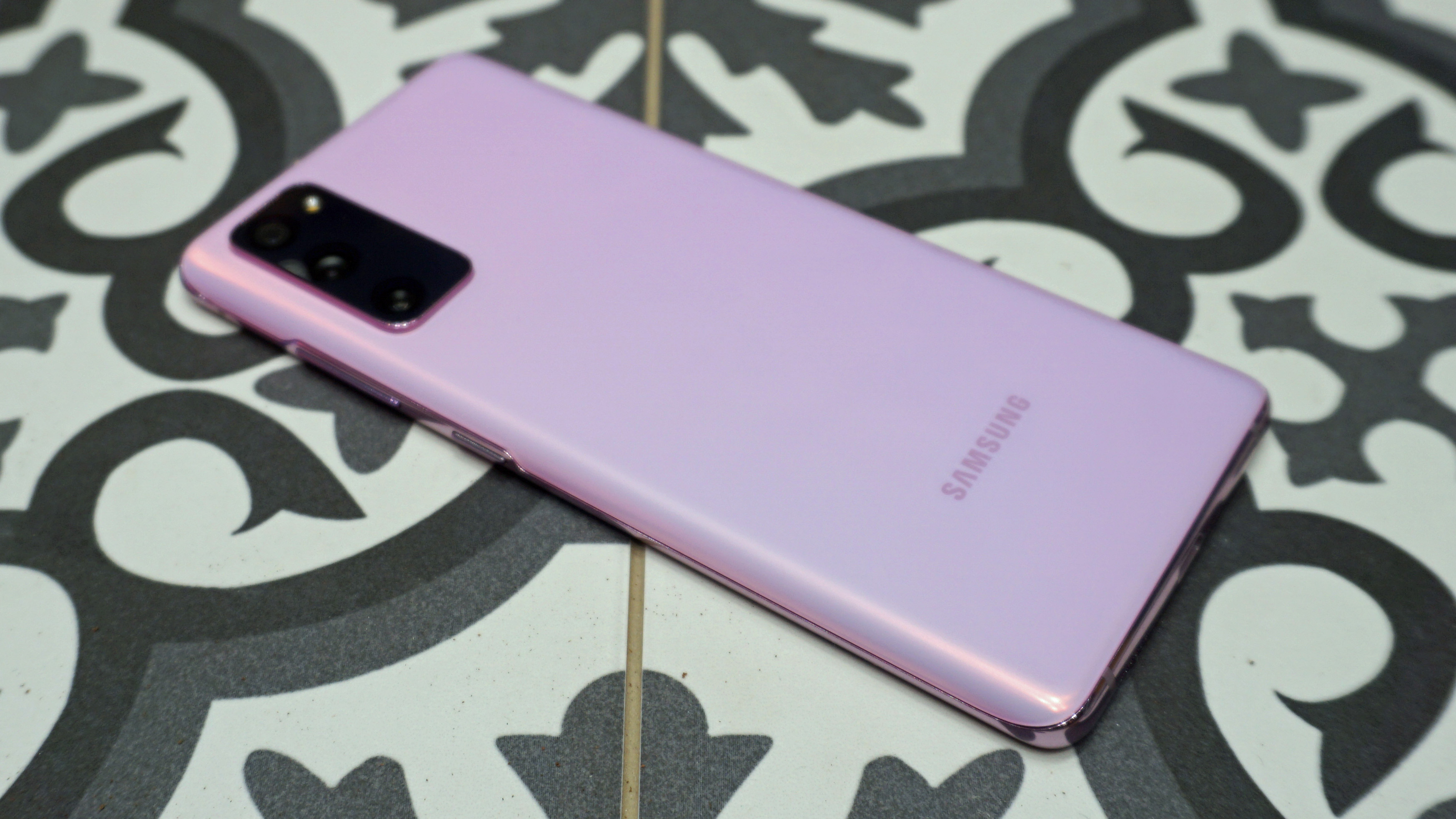
The Samsung Galaxy S20 Fan Edition is 2020's version of the Samsung S10 Lite and the S10e before it – the best of the flagship specs with a few trimmed features to save costs.
Why it's ranked 8th: The S20 Fan Edition is a good combination of specs and cameras, making it a good value for and Android phone with a signature Samsung polish that puts it ahead of most phones at the same price tier.
Screen: The 6.5-inch Infinity-O AMOLED screen is plenty sharp at Full HD Plus, even if its not quite the WQHD resolution of its pricier siblings, nor does it have the 120Hz refresh rate. It retains an in-screen fingerprint sensor, leaving the phone's back unblemished.
Battery life: The Galaxy S20 Ultra has a huge 4,500mAh battery, helpful for Wireless PowerSharing and mundane binging or gaming you're doing. We found it lasted a day or more, though we still haven't hit the two-day battery life threshold yet.
Camera: The cameras are another area of trimmed capability: while the 12MP main shooter is fine, but not quite the high-megapixel of the S20 and especially the 108MP S20 Ultra. The other cameras are perfectly suitable, including the 12MP ultra-wide lens, an 8MP telephoto with 3x optical zoom, and a hefty 32MP selfie shooter in a punch-hole.
Read our Samsung Galaxy S20 Fan Edition review
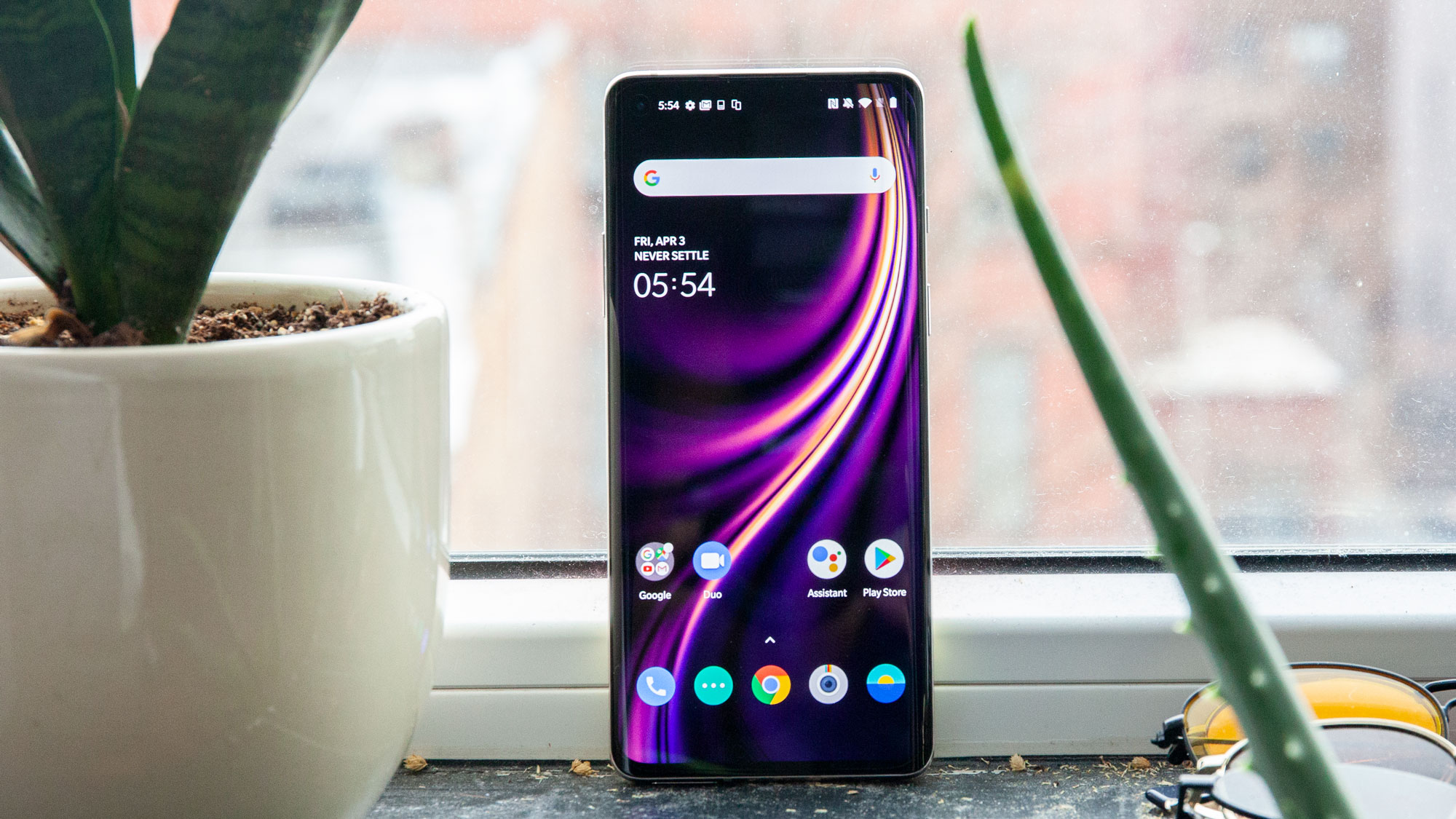
The OnePlus9 is the second OnePlus handset on our best phones list, and that's simply because it packs nearly all the perks of the newly-released OnePlus 8T at a discount. More importantly, in the US, the OnePlus 8 is simply more available, with support from T-Mobile and Verizon.
Why it's ranked 9th: The OnePlus 8 may miss out on a couple flagship flourishes like 90Hz refresh rate fluidity and a telephoto lens, but it's got great specs and cameras for the price. It looks the part of a flagship phone and acts more expensive than it really in part because of its top-shelf specs. As long as you don't want the best camera phone and are OK with fewer top-end features, the price is right for this one.
Screen: The OnePlus 8 has a great display with Full HD Plus (1080 x 2400) resolution and a single punch-hole for the selfie camera. It misses out on the more fluid movement of Samsung's S20 series and the OnePlus 8 Pro, which all pack a 120Hz refresh rate screen, but the OnePlus 8 still has a sharp display for the price.
Battery life: The OnePlus 8 has respectable battery life thanks to its 4,300mAh battery. It'll get you through a whole day, but not much more than that. The real news is its Warp Charge 30 adapter that allows this phone to go from 0% to 100% in a little over an hour. It's very fast.
Camera: The camera has always been the weakest part of the OnePlus lineup, but we've experienced better phones than the OnePlus 8. It's not going to top our best camera phones list, but the triple lens (regular, ultra-wide and macro) did a decent job in proper light. Nightscape mode has been improved, but begs for a tripod in mixed light (any lights in dark scene tend to smear).
Read our OnePlus 8 review
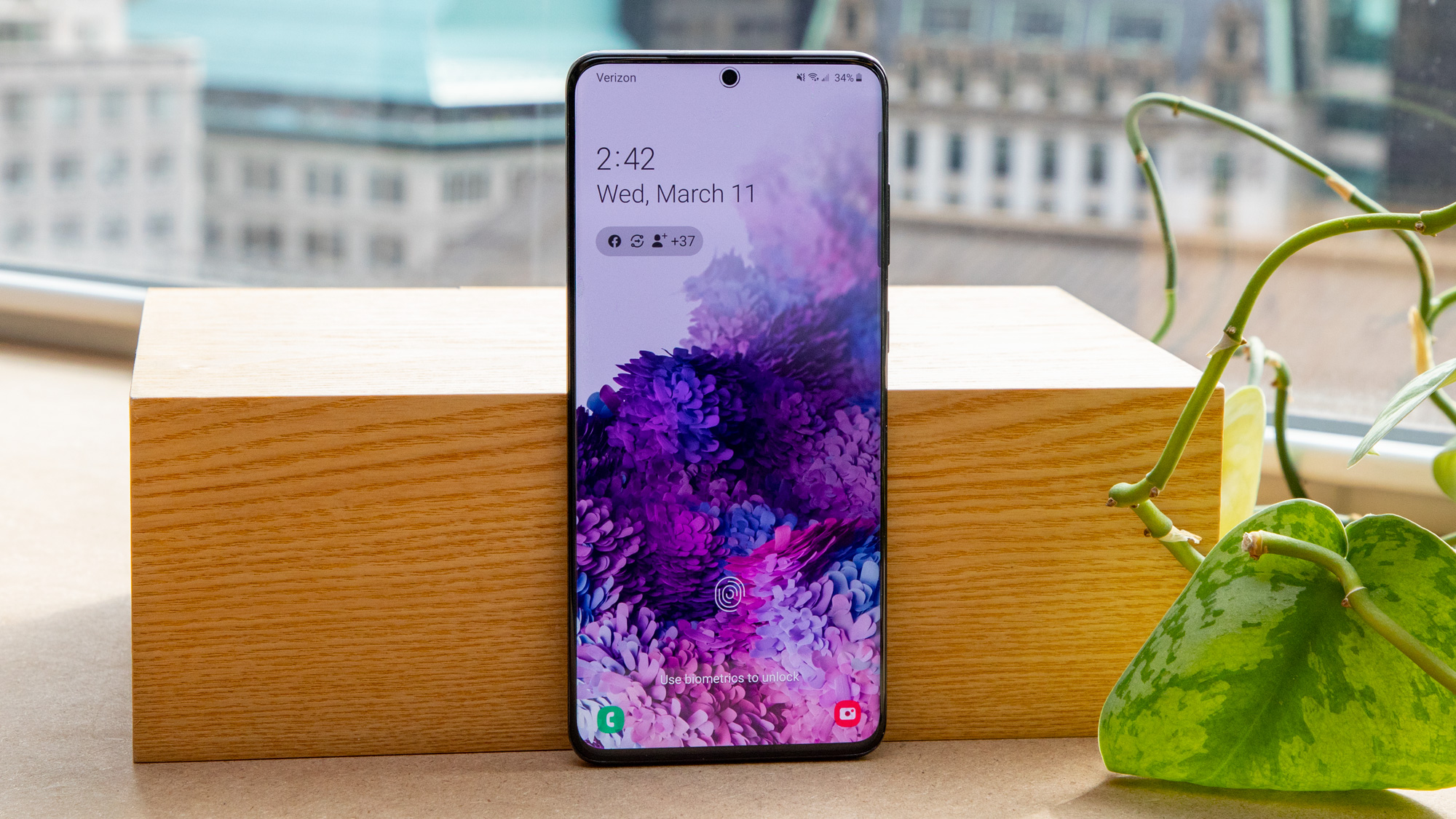
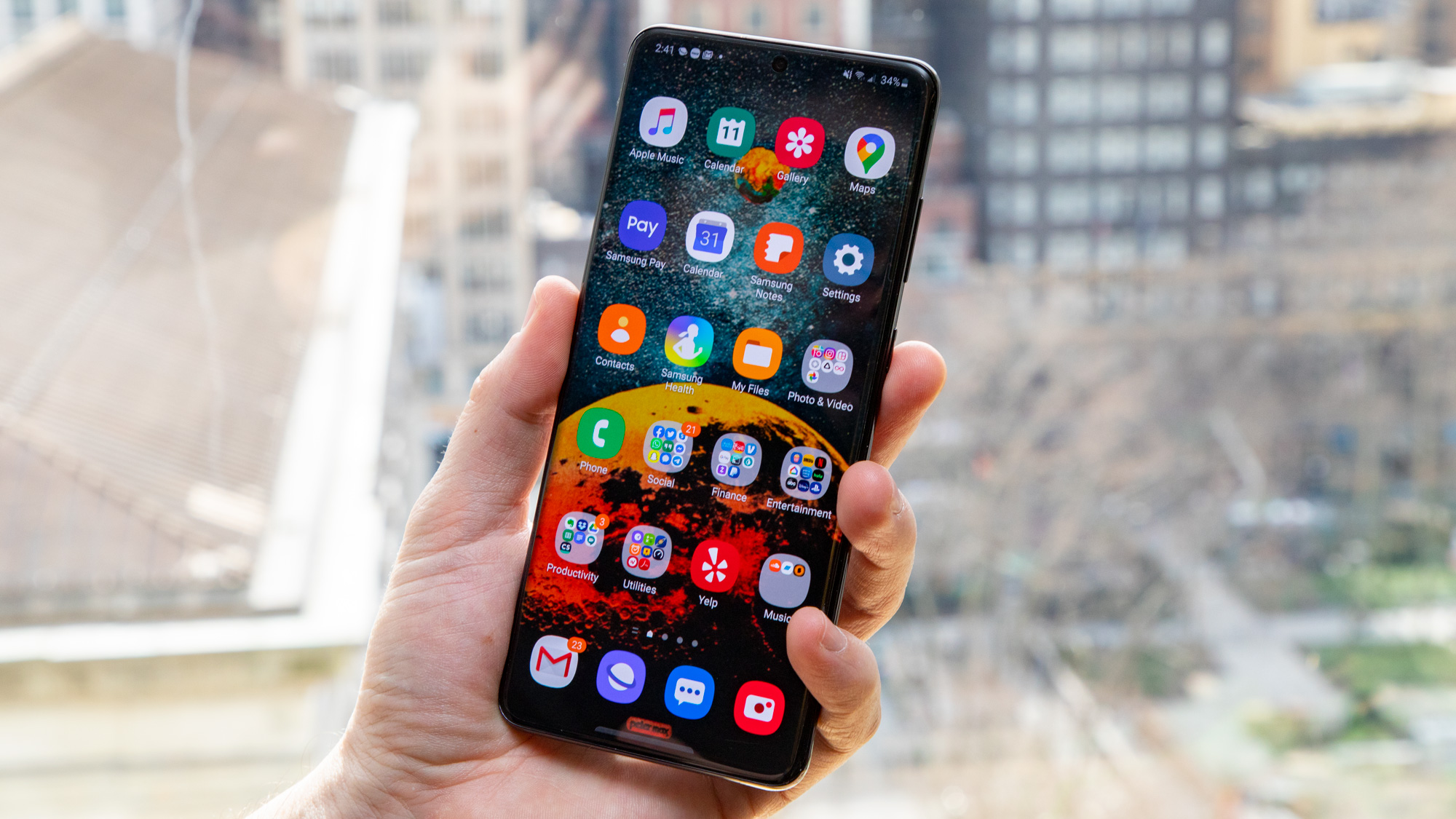
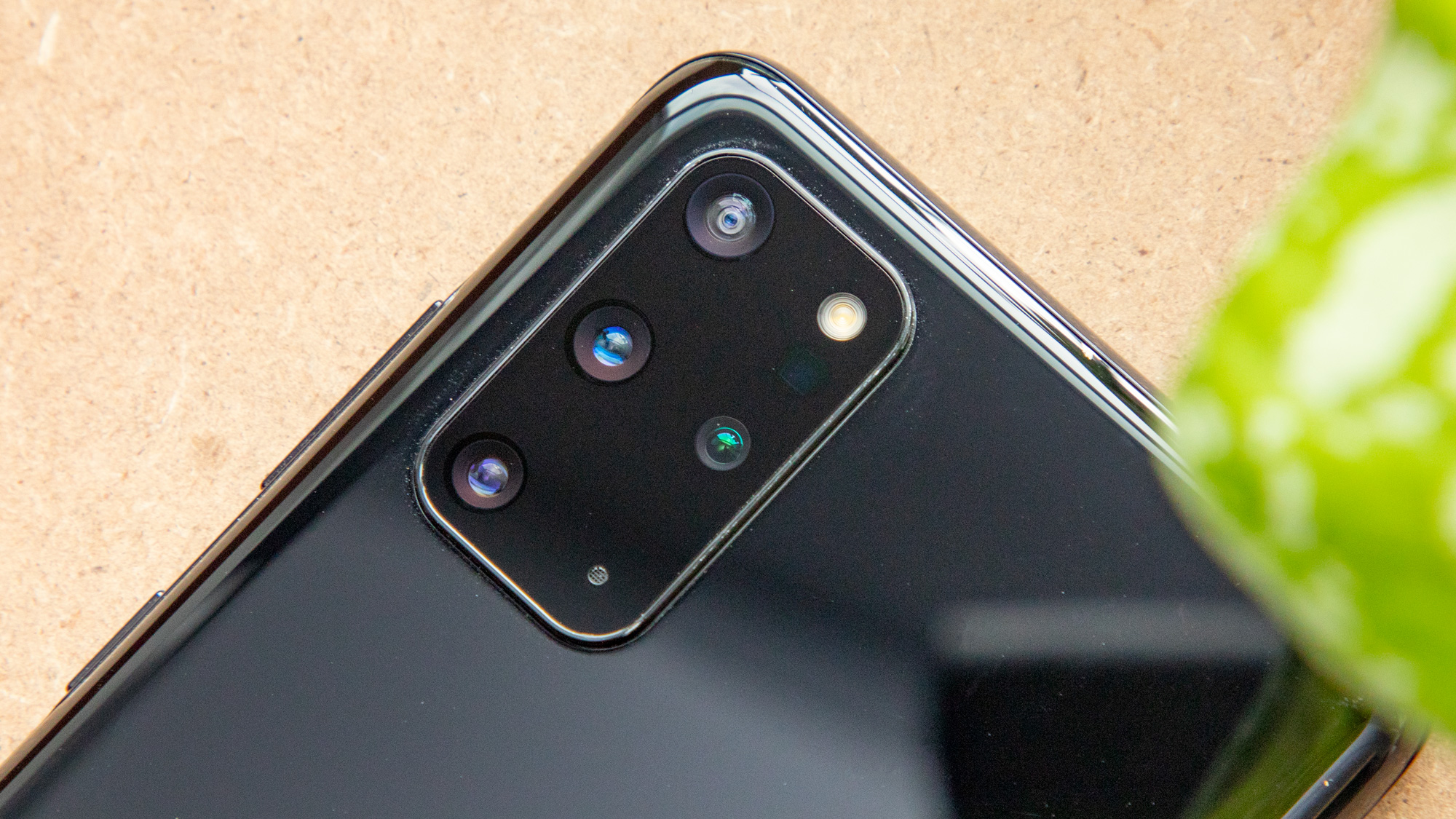
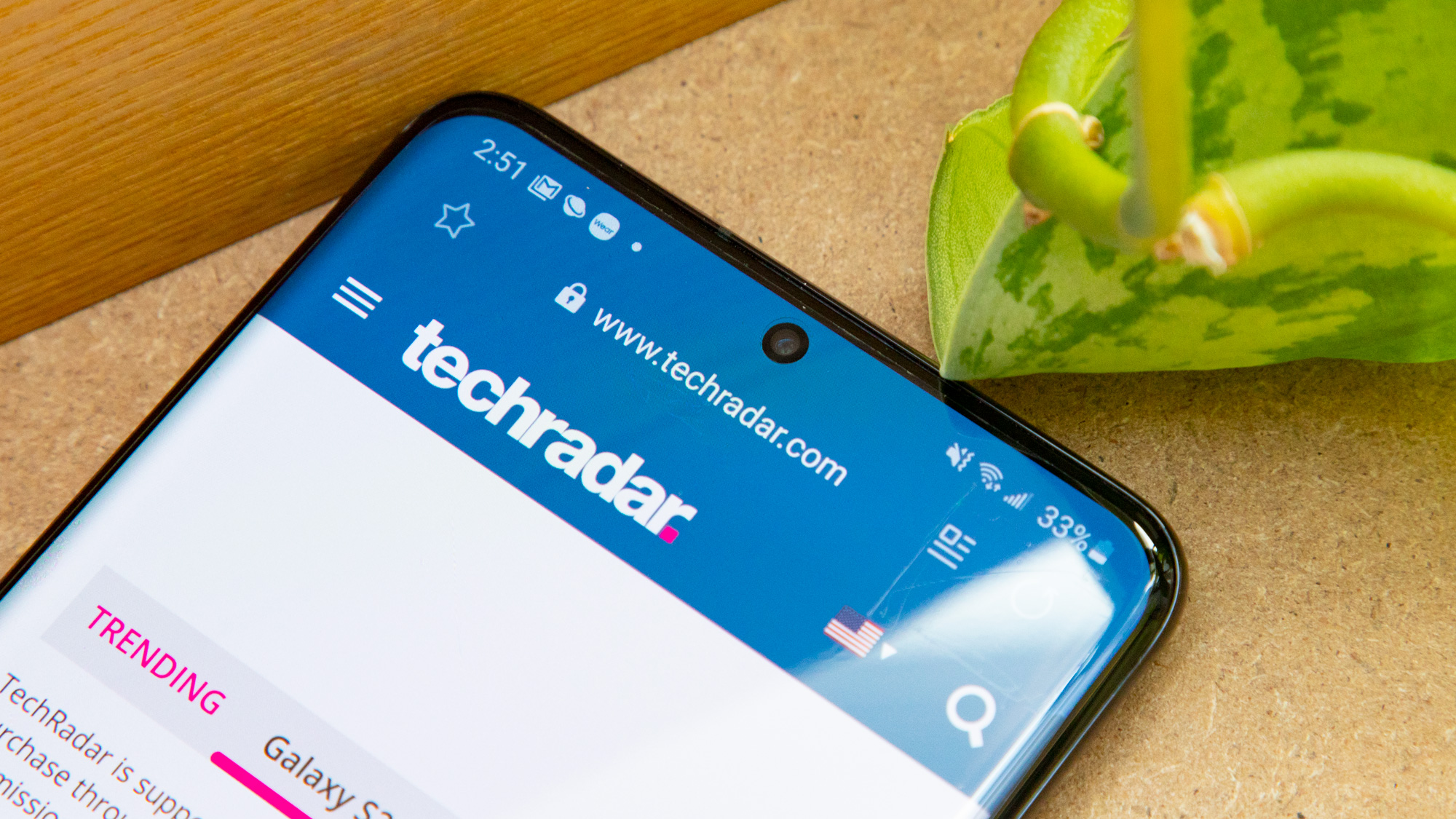
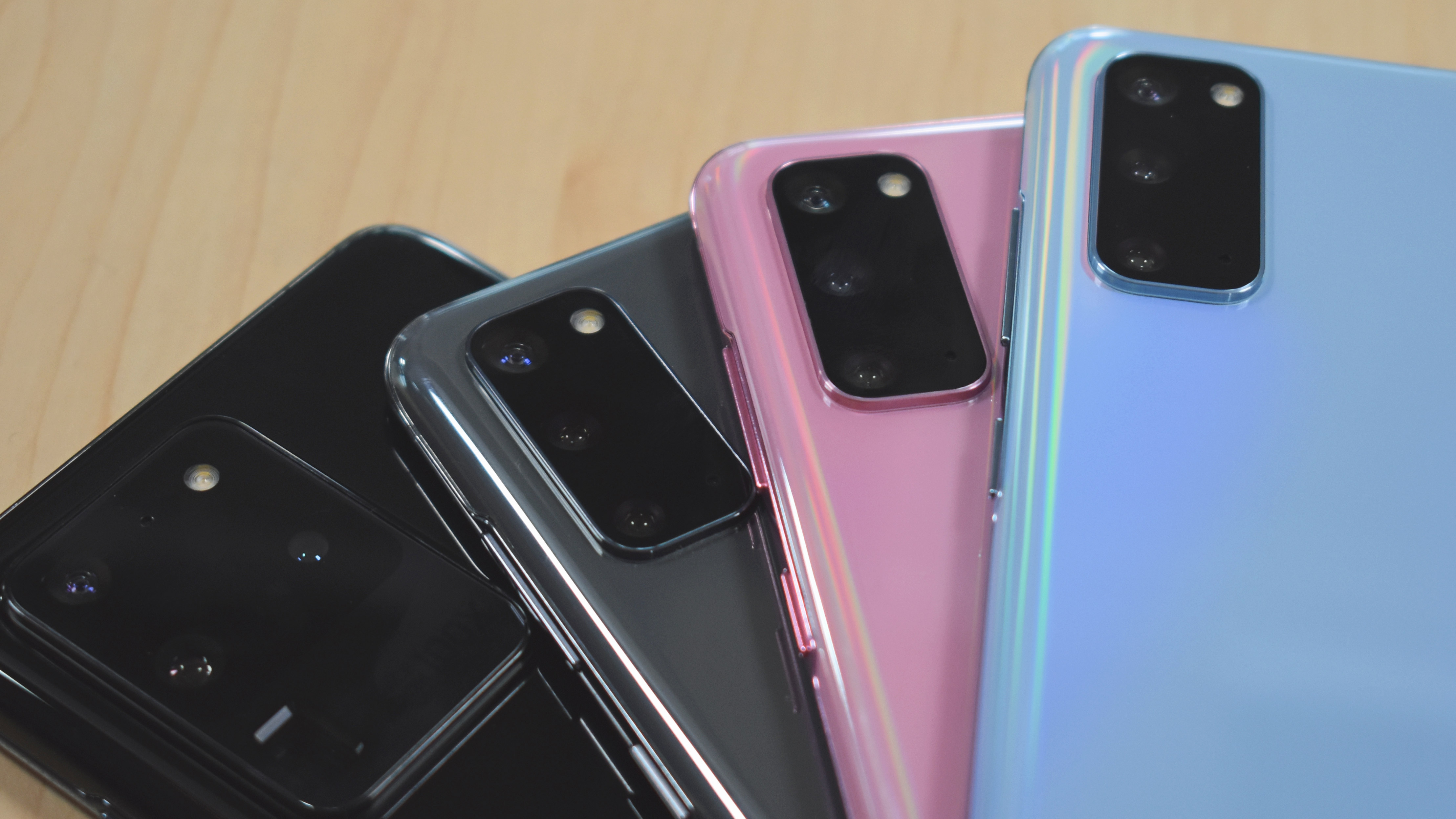
The Samsung Galaxy S20 Plus was previously the best phone you can buy today, while the smaller (and slightly less capable) Galaxy S20 is so similar that we've lumped the two together.
Why they're ranked 10th: Previously the best smartphones money can buy, the Samsung Galaxy S21 series has knocked the Galaxy S20 range from its top spot but these are still fantastic choices for your next handset. Plus, if you're looking to buy one soon you may find it's cheaper than it was before the Galaxy S21 appeared.
Screen: The Infinity-O AMOLED displays on both phones - 6.2 inches for the S20, 6.7 inches for the S20 Plus - are gorgeous. The notches are both centralized like the Note 10, but they're much smaller this time around, and the S20 Plus only has a single lens. The result: more screen. Also the S20 has a 120Hz maximum refresh rate for silky-smooth media and gaming, though you'll mostly notice it while browsing – and you'll have to drop your display resolution down to FHD+ to enjoy it.
Battery Life: The S20 packs a 4,000mAh battery, while the S20 Plus has 4,500mAh of capacity. That is, to put it lightly, a lot, and frequently got us through over a day without recharging. Keep in mind that battery life estimate will dip down if you set the refresh rate at 120Hz, use a ton of 5G connectivity or lend juice with Wireless PowerShare, so adapt accordingly if you're looking to keep your phone going longer.
Camera: The S20 and S20 Plus have truly spectacular cameras. No, not their 12MP main shooters, which are fine – it's the 64MP telephoto that really shines with a 3x optical zoom (up from the usual 2x zoom). The camera can also crop zoom to a muddy 30x digital zoom – which means the interim intervals are still a good deal more impressive than the competition. The 12MP ultra-wide performs adequately, while the 10MP front-facing camera works great with fun filters. Another first-time bonus: 8K 24fps video from the rear camera.
Read our Samsung Galaxy S20 Plus review and Samsung Galaxy S20 review

The Google Pixel 5 came out in October, and it has some improvements on the Pixel 4 – but also fewer features. Yes, the Pixel 5 is a bit of a course correction as Google trims perks to lower the Pixel 5's price to make it as much of an 'affordable flagship' as the iPhone 12 mini and OnePlus 8T. But a few key improvements make it a superior phone to the Pixel 4 XL that it's replacing on this list.
Why it's 11th: The Pixel 5 is powerful enough and its camera capability is still great, but some trimmed features make this phone a it less advanced than the competition. Google’s knack for photo optimization still makes this phone a good choice for photographers, but that's not enough to break into the top half of the order. Its very slim bezels make it a surprisingly small phone, though, and perfect for those who like to text one-handed.
Screen: The Pixel 5 has a 6-inch screen with Full HD Plus (1080 x 2340) resolution, with a 90Hz refresh rate for smoother app browsing and gaming. The Pixel 4's solid black bar has been ditched for a punch-hole – sorry, no Soli depth sensors or even facial recognition, but at least that's more screen real estate. Colors are rich on the OLED display, and thanks to the dual front-facing speakers, it makes for a handy streaming device.
Battery life: The Pixel 4's battery woes are gone: a big reason we replaced the Pixel 4 XL with the Pixel 5 is that the latter's 4,080mAh battery lasts over a day, fixing the biggest drawback of the old phone. Otherwise, it's none too exciting, maxing out at 18W fast charging and 12W wireless charging – which amazingly still works through the all-metal back case.
Camera: The Pixel 5's cameras are its best selling point. On back, the 12.2MP sensor paired with Google’s brilliant software optimization make for stunning photos in most situations, and the added 16MP ultra-wide enables respectably expansive fields of view. Best of all, the Night Sight mode has been improved – and can even snap shots of the heavens with its Astrophotography function.
Read our Google Pixel 5 review
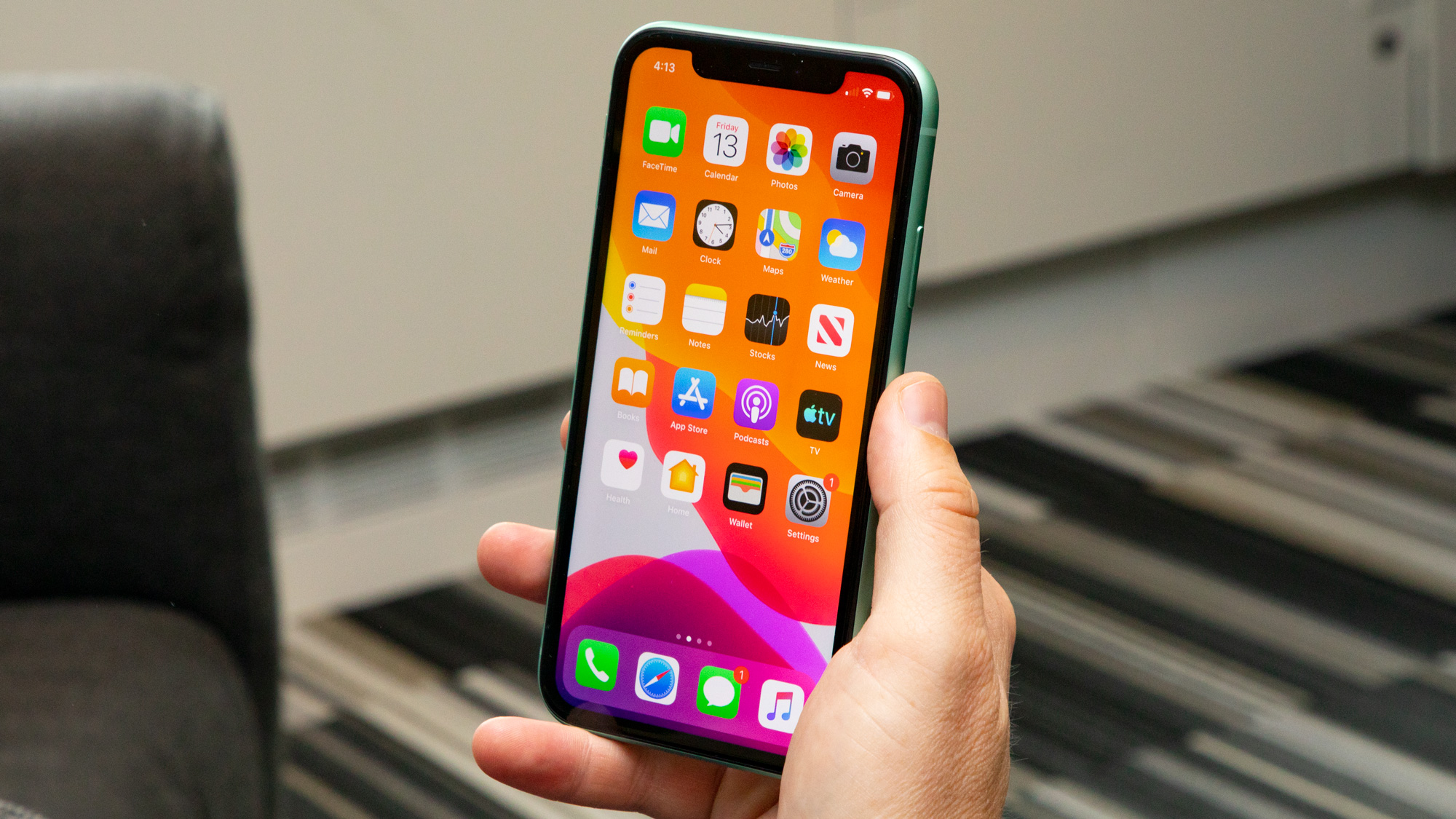
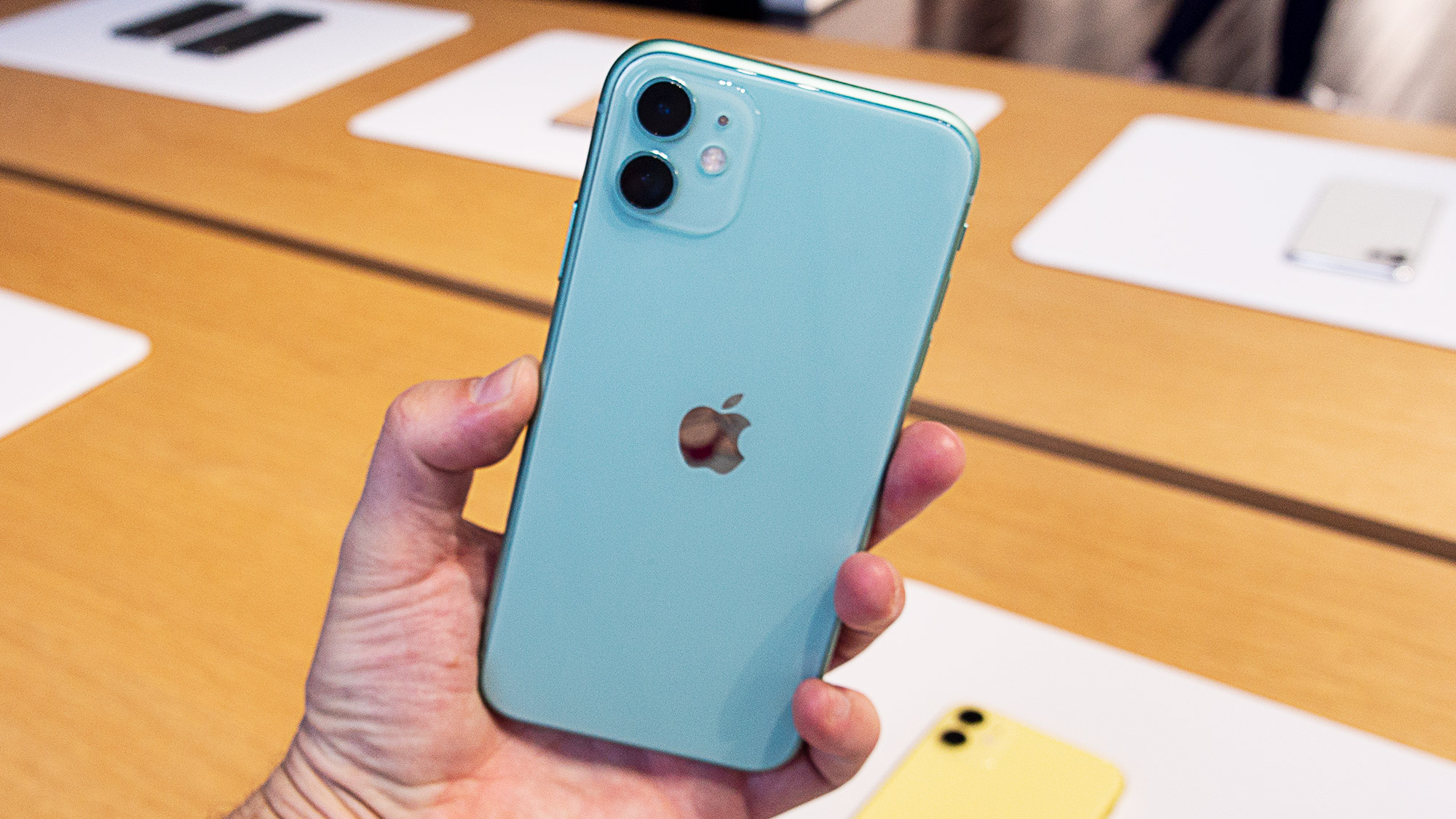
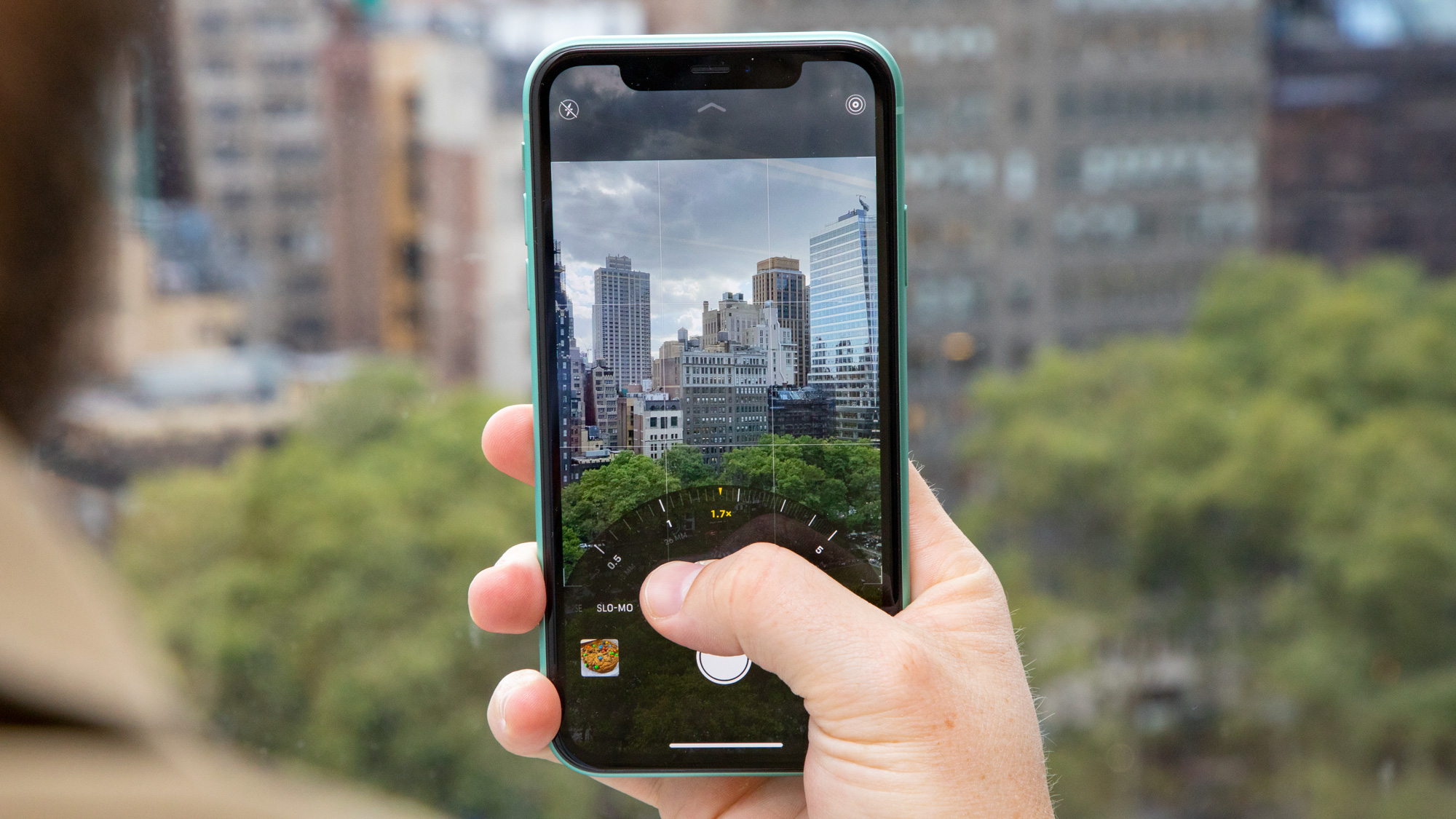
iPhone XS was a minor, but important upgrade over the completely redesigned iPhone X. It's noticeably faster and has an improved dual-lens camera to make it a good choice, if you can still find it on sale.
Why it's ranked 12th: The specs here aren't as impressive as they are on the iPhone 11 Pro or iPhone 11 Pro Max, let alone the iPhone 12 range, but the trade-off in a lower price for this device still makes it a top-buy for many Apple fans. You'll miss out on a faster processor and features like MagSafe by not going with the iPhone 12 or iPhone 12 mini, but that's about it.
Screen: The iPhone 11's 6.1-inch display isn't the best screen you'll find on an iPhone – it's still an LCD, for instance, whereas the iPhone 12 line all have OLED displays – but it's still vibrant and large enough to watch video on. Like all post-iPhone X Apple handsets, you'll have to live with a wide notch.
Battery life: The easiest way to describe battery life on the iPhone 11 is good, but not great. You'll get around a day of usage from the iPhone 11, but it's not as good as the physically larger phones like the 11 Pro Max.
Camera: Expect a similar experience from the camera on the iPhone 11 as on the iPhone XR. If you want the best camera on an iPhone, you'll want the iPhone 12 Pro Max, but it's still an impressive shooter on the rear of the 11 – and crucially, it has an HDR-like Night Mode.
Read our iPhone 11 review
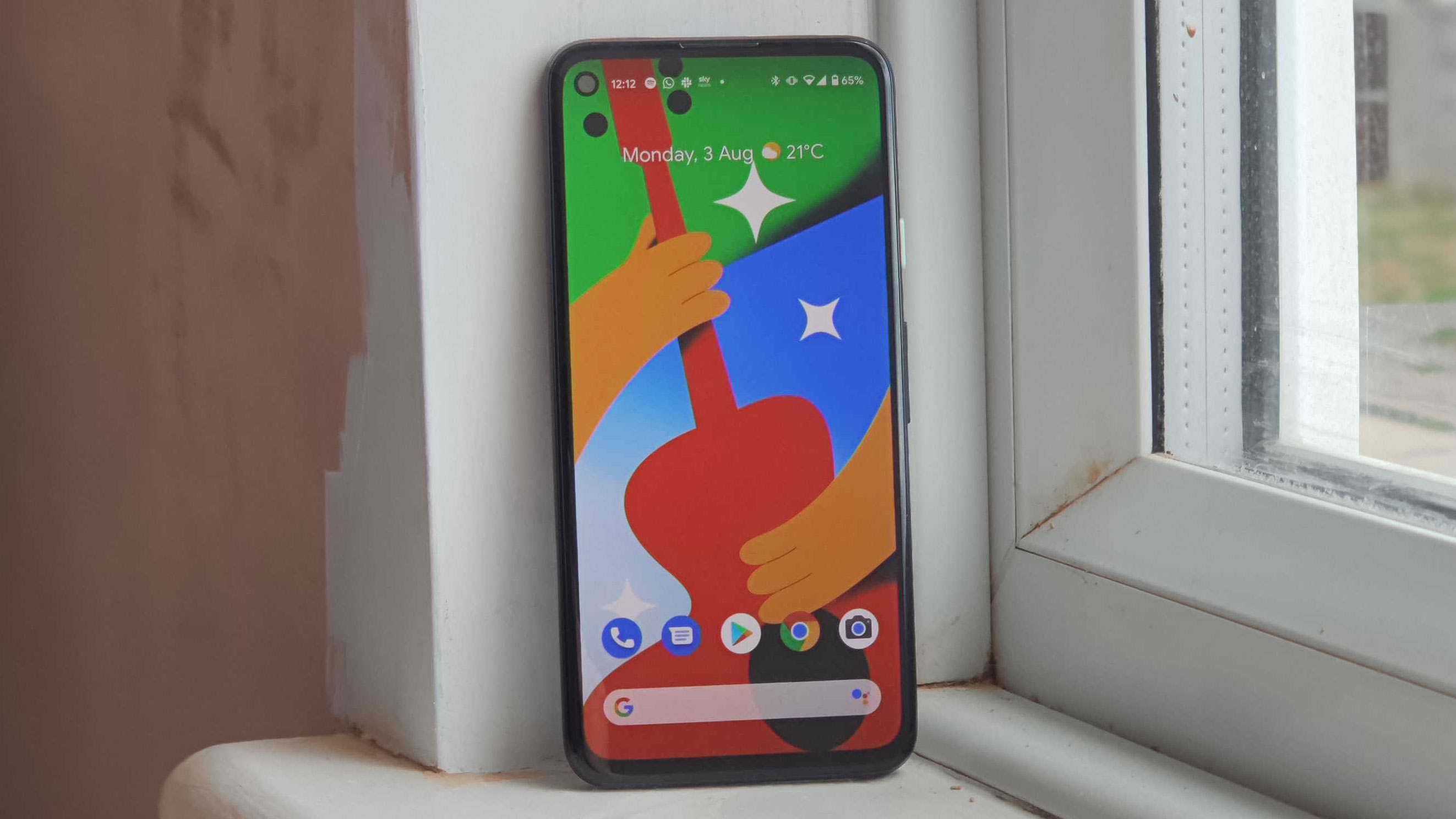
The Google Pixel 4a is the successor to our favorite mid-range phone of 2019, and it retains a lot of the great features that made the Pixel 3a shine: great camera software, clean Android interface, 3.5mm headphone jack, and a great price. It's a solid pick for folks who want more for their money.
Why it's ranked 13th: A lot can happen in a year, and 2020 brought a more competitive mid-range market, especially against the iPhone SE 2020 with its better battery. The competition also reveals more of the Pixel 4a's shortcomings, from less battery life to a polycarbonate plastic body when similarly-priced phones have metal-and-glass bodies. Plus, there's no XL version, which is a letdown for folks who like more screen real estate.
Screen: The Pixel 4a has a 5.8-inch OLED display, which serves just fine, but may be a bit small for folks who prefer bigger screens. Then again, the edge-to-edge screen is significantly larger than the iPhone SE 2020's 4.7-inch screen and its fat top and bottom bezels.
Battery life: The Pixel 4a's 3,140mAh battery isn't small per se, but the battery life – having barely single-digit percentages of charge left at the end of the day, we sometimes found – isn't great. Especially when comparable budget phones, like the Moto G8 series, start at 4,000mAh of battery.
Camera: The Google Pixel 4a still only has a single 12.2MP f/1.7 rear camera, but it can work near-miracles with Google's software. Not only does that let it capture great night photography and portrait mode, you can even add depth after you've taken a photo. The phone also inherits the Pixel 4's astrophotography mode, which takes admirable shots of starlit skies. The 8MP front-facing camera is nothing special, but takes advantage of the software, too.
Read our Google Pixel 4a review
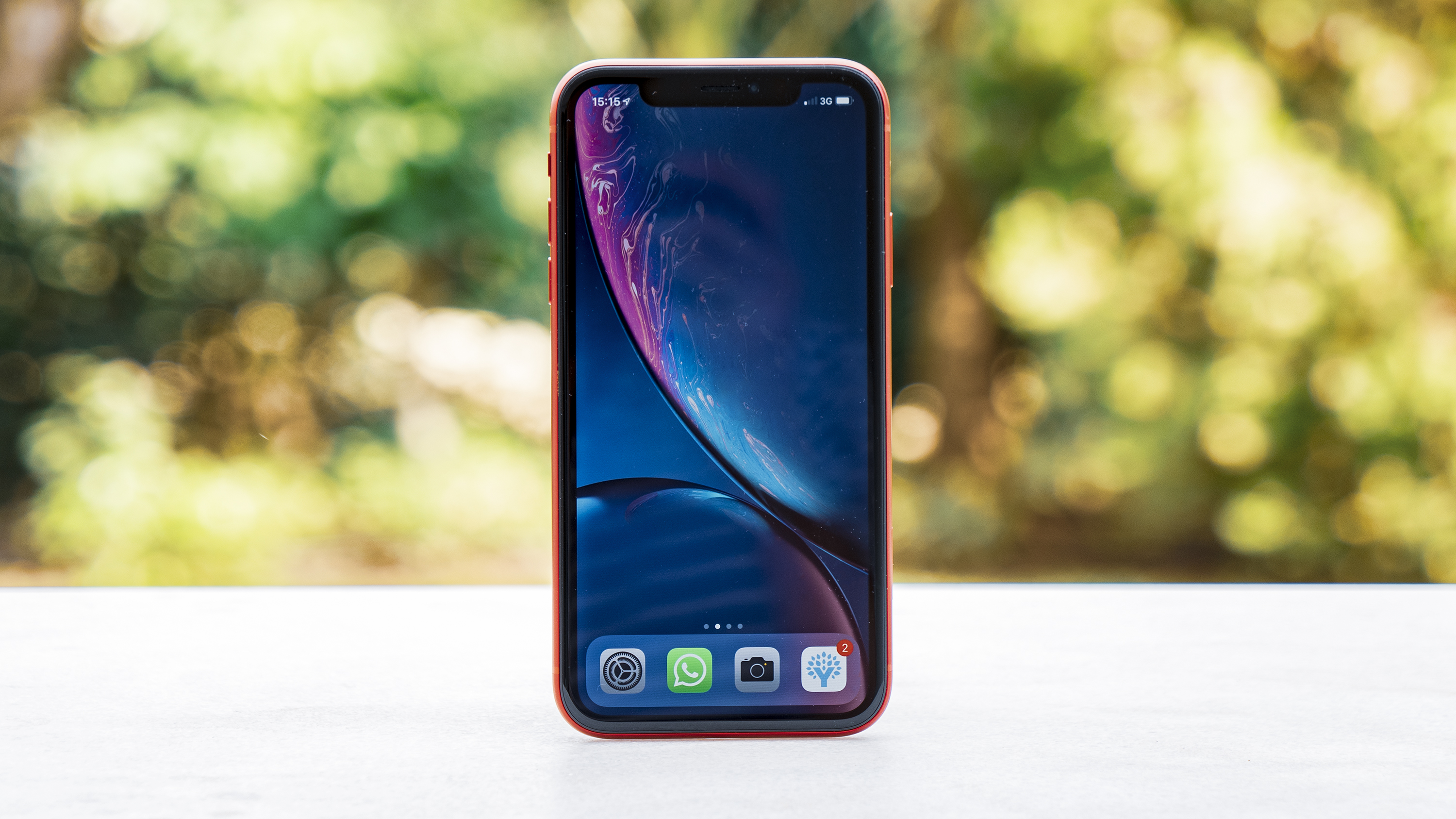
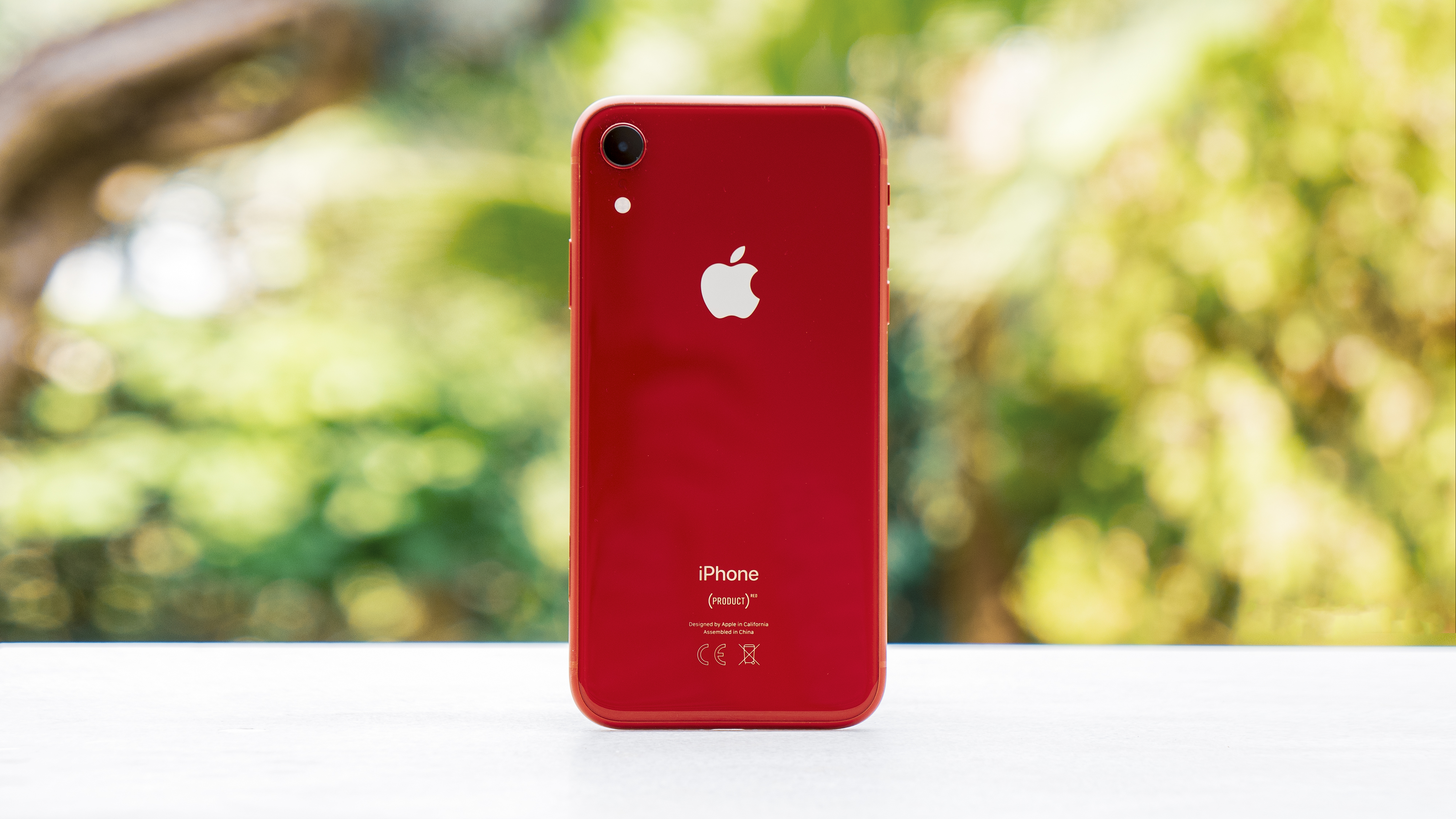
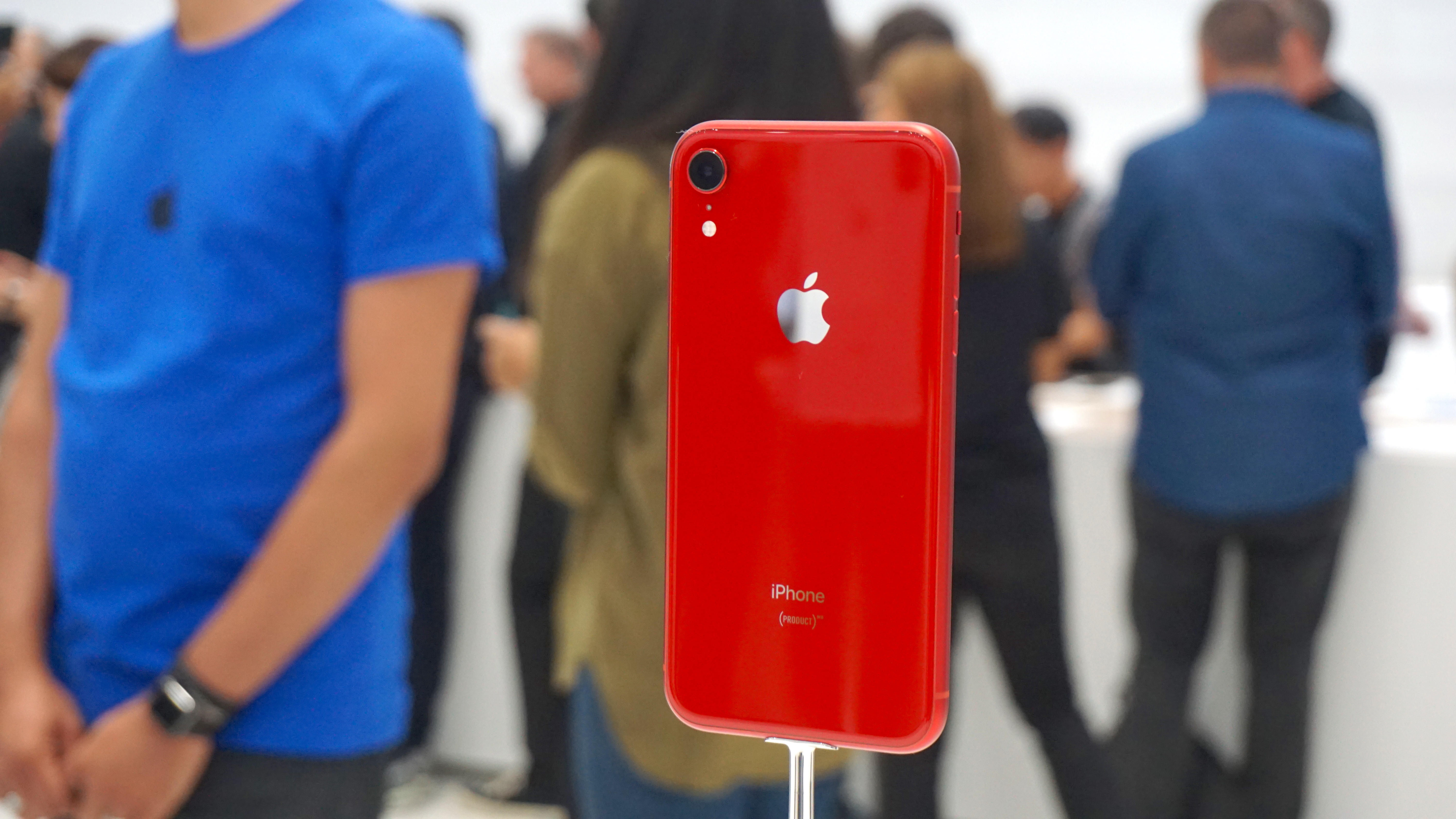
Apple’s iPhone XR was a little bit late to launch after the iPhone XS and XS Max that launched a bit earlier. But thanks to its lower price point (and the fact that it's even cheaper more than a year later), it makes for a more affordable option than the XS models.
Why it's ranked 14th: The iPhone XR has all the performance of its more expensive XS and XS Max siblings on the inside. It’s camera and screen may not be as impressive, but where it truly dazzles is in the battery life. And, yes, it's been dethroned by the even more powerful iPhone 11, which launched at an even better price, but the iPhone XR price dropped even further. Apple doesn't sell it anymore at its stores, but if you can find this phone, you'll be impressed with the value.
Screen: The iPhone XR screen isn’t its strongest selling point, as it’s a notable downgrade. It’s resolution falls short of Full HD, and it’s not a battery-friendly OLED. Still, the Liquid Retina LCD display used still has good sharpness and brilliant colors.That said, the 6.1-inch display offers plenty of real estate.
Battery life: Though this is the more affordable iPhone to come out in Apple’s latest batch, its battery life stands out. Thanks to the A12 Bionic and chipset and lower resolution, the battery performance is great, making it the first iPhone that could comfortably get through a whole day of use in our testing without us worrying about.
Camera: While the other iPhones have dual rear cameras, the iPhone XR has just one sensor. For normal photo shooting, it does a great job though. The lack of a second camera also reduces the quality of Portrait Mode photos. But, the detractors came largely in comparison to other top cameras.
Read our iPhone XR review
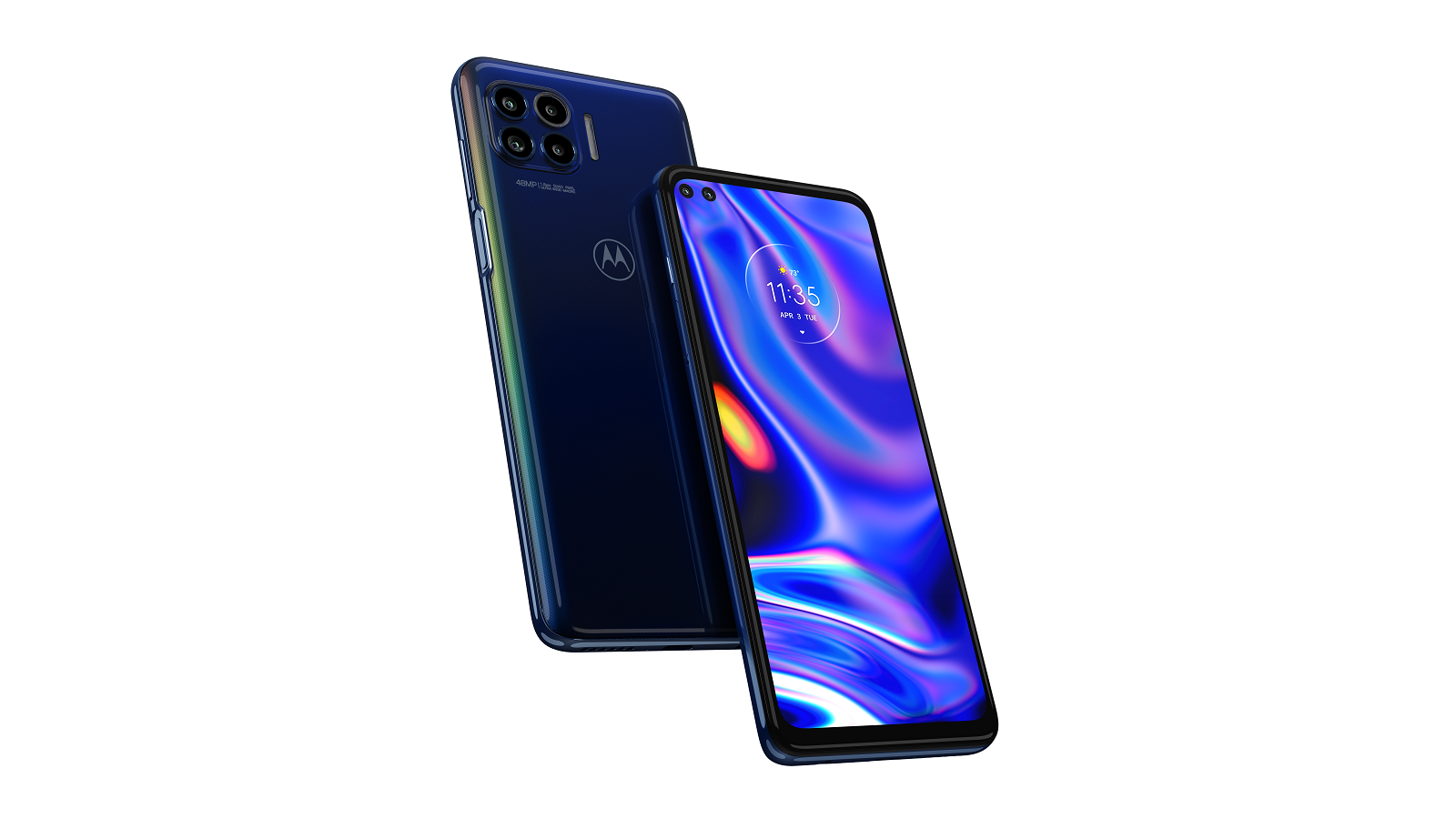
The Motorola One 5G is a healthy balance between the best parts of the budget Moto G Power and the Motorola Edge 'affordable' flagship. It's a good mid-range phone, and most importantly, the cheapest 5G handset you can find in the US.
Why it's 15th on our list: The Motorola One 5G is a good mid-range phone, coming in at a bit cheaper than the superior Google Pixel 4a 5G but offering a few advantages of its own. The One 5G packs a Snapdragon 765 chipset and a decent 4GB of RAM, along with 128GB of storage that can be expanded up to a colossal 1TB via microSD. It's great for anyone who wants to get in on 5G at a discount.
Display: The Motorola One 5G has a truly huge 6.7-inch LCD display with a Full HD Plus (1080 x 2520) resolution. It's suitable for binging media, and notably larger than most comparably-priced mid-range phones. It's also got punch-holes holding its selfie shooters, which is a nice modern touch.
Battery: The 5,000mAh battery is a great perk carried over from the Moto G Power, and it's especially helpful when shooting photos, watching media, and running 5G. It should last over a day.
Cameras: The Motorola One 5G's triple rear camera has good photo variety, with a 16MP main shooter, 8MP ultrawide and 2MP macro camera for up-close shots – which has a ring light to illuminate your subjects. Rounding out its cameras are dual front-facing shooters: a16MP main and 8MP ultrawide.
Read our Moto One 5G review
Contributer : Techradar - All the latest technology news https://ift.tt/3oQenrr

 Reviewed by mimisabreena
on
Thursday, March 18, 2021
Rating:
Reviewed by mimisabreena
on
Thursday, March 18, 2021
Rating:















No comments:
Post a Comment